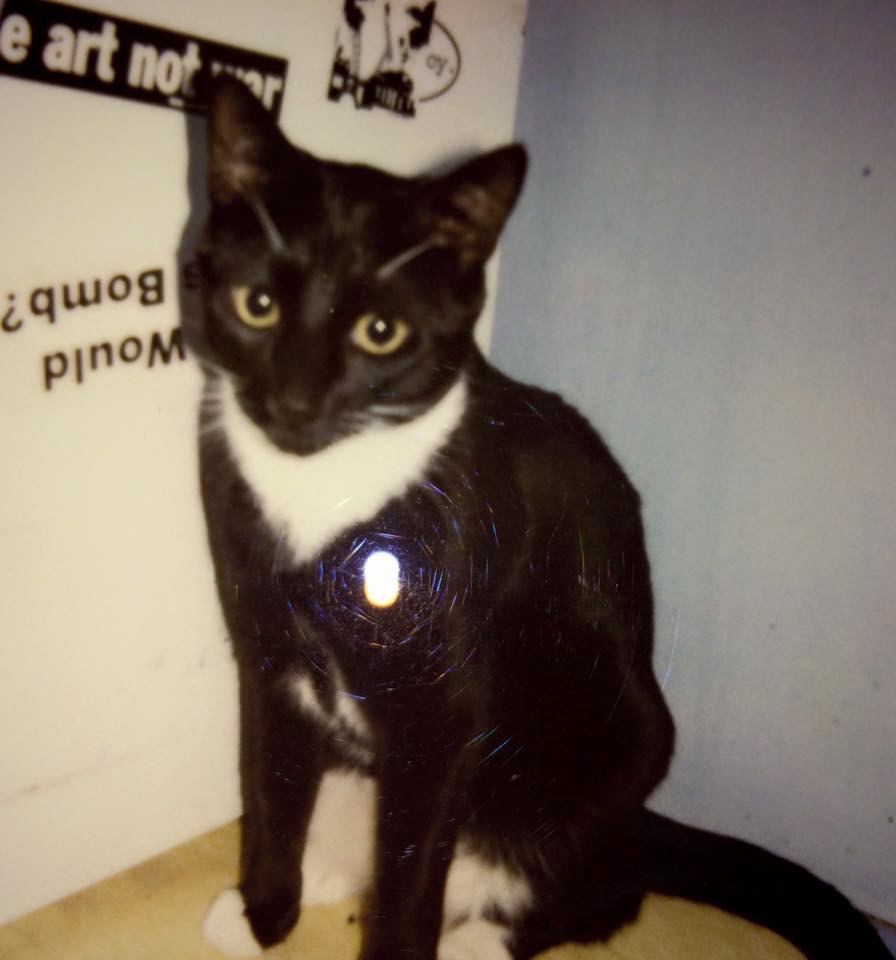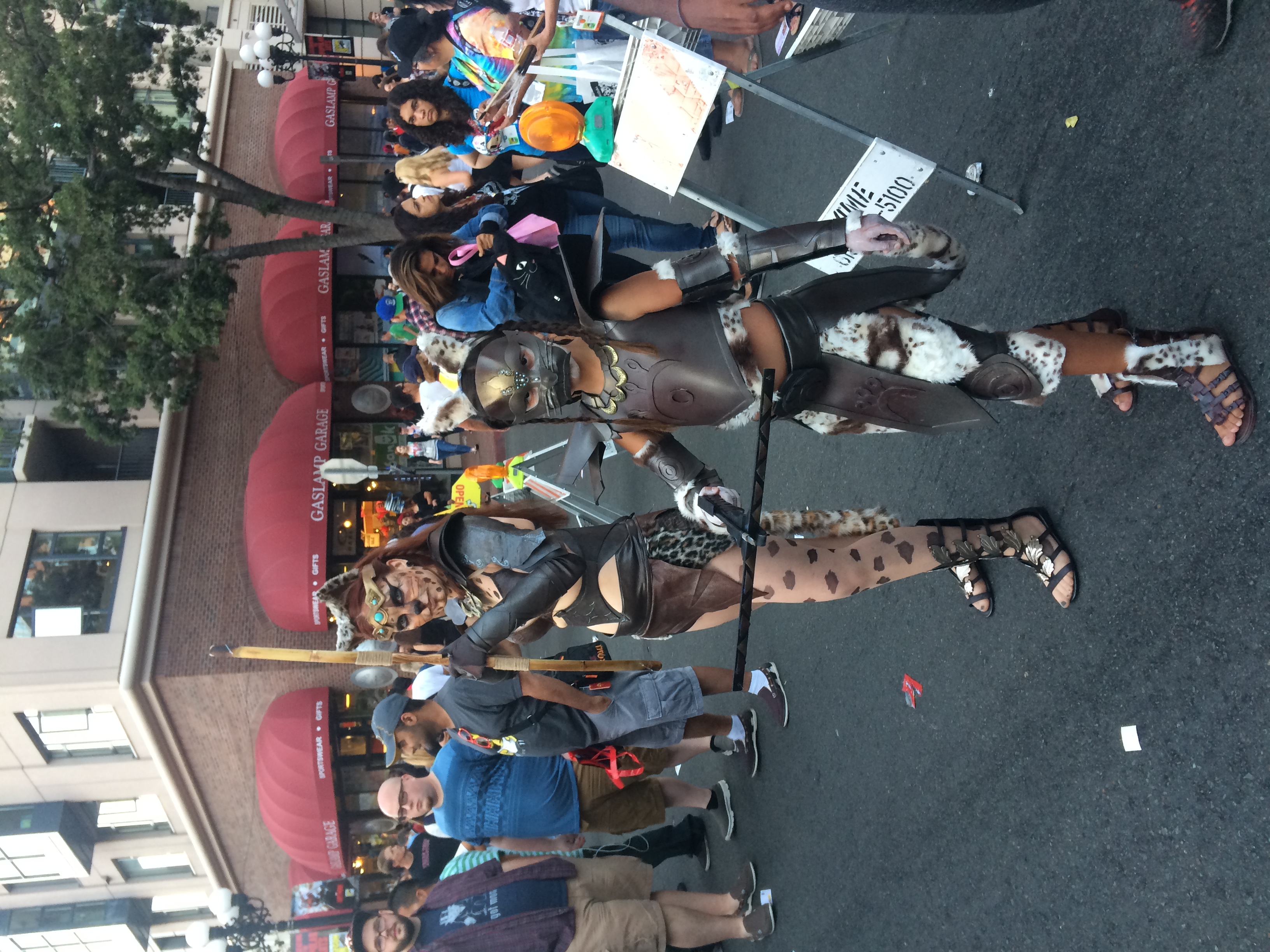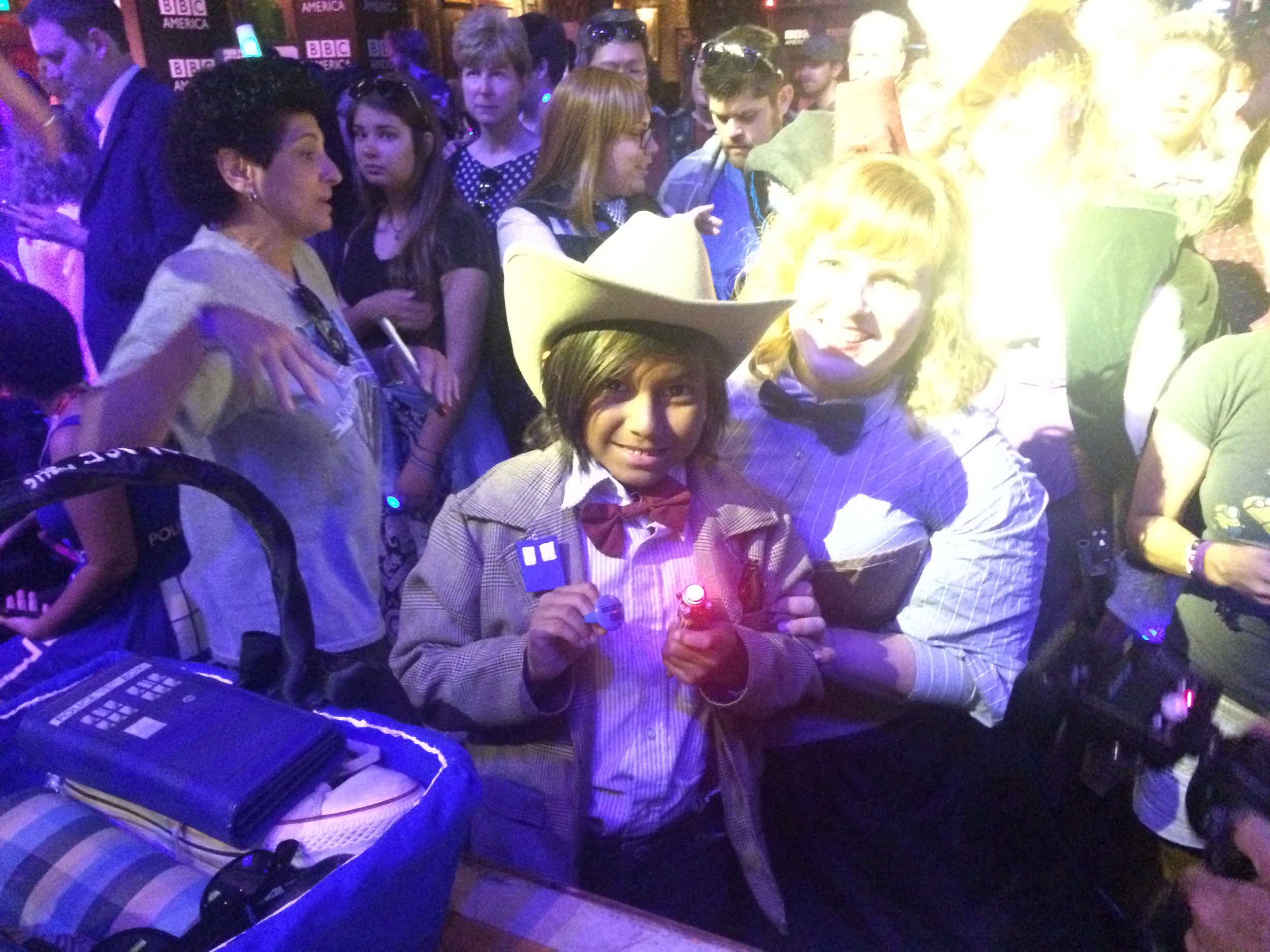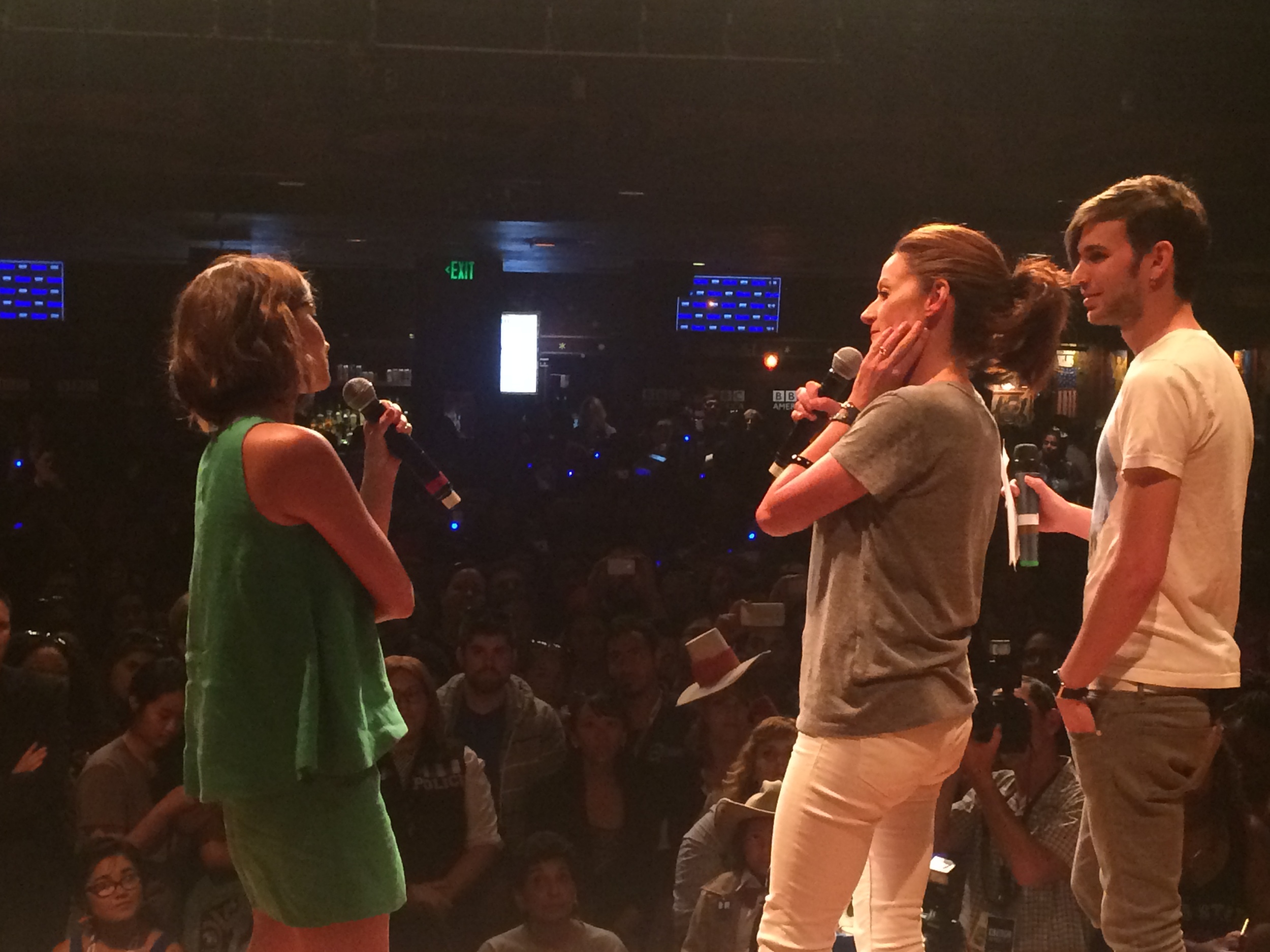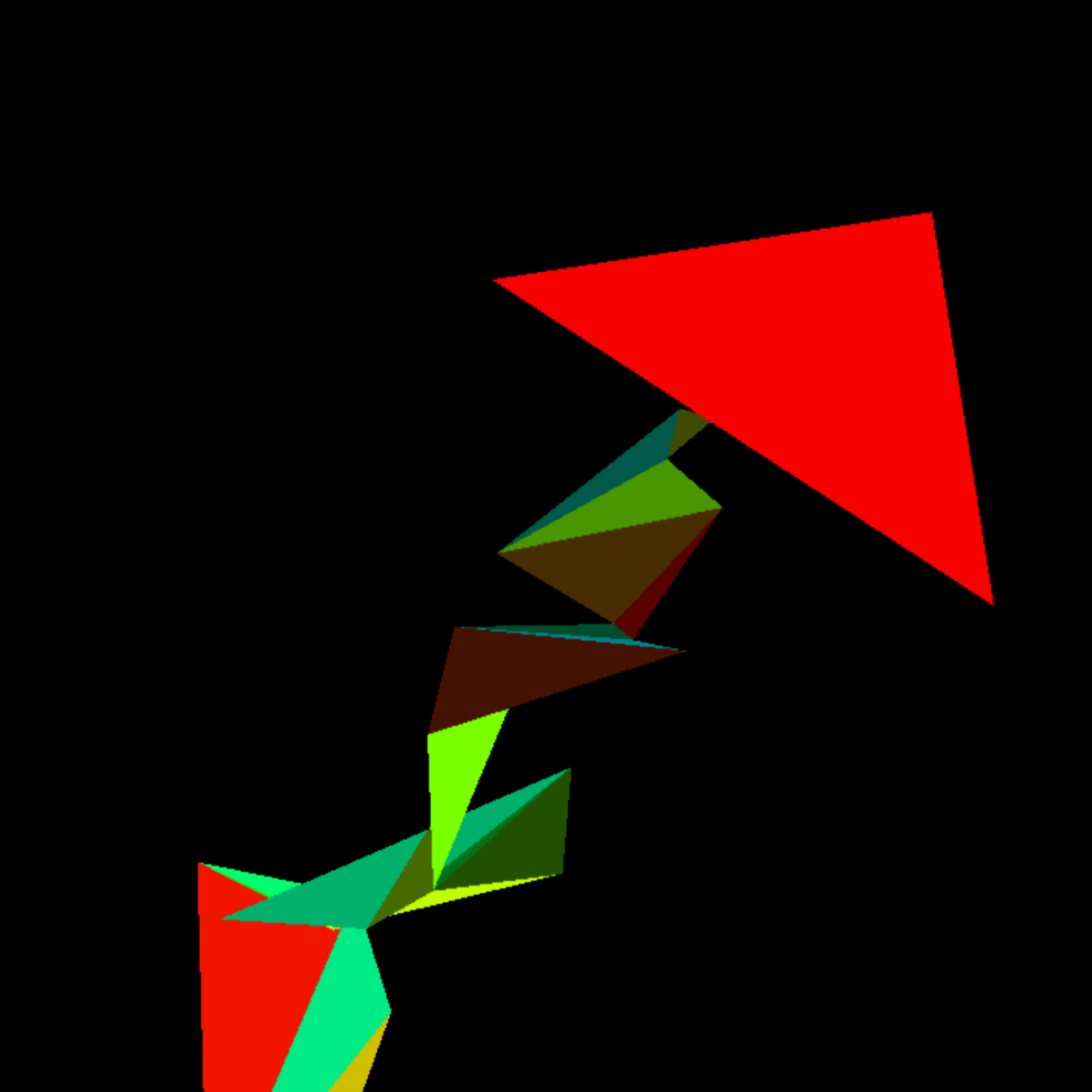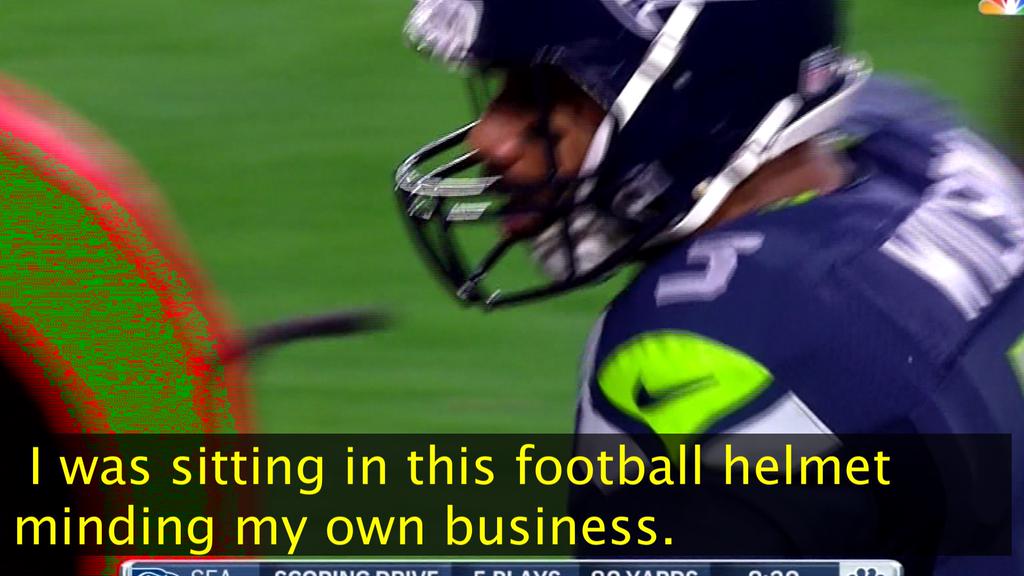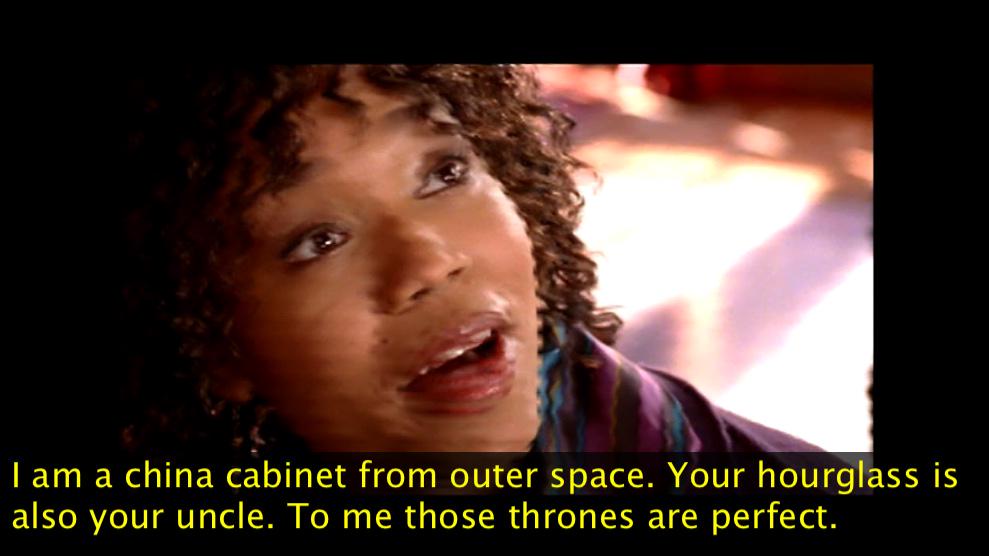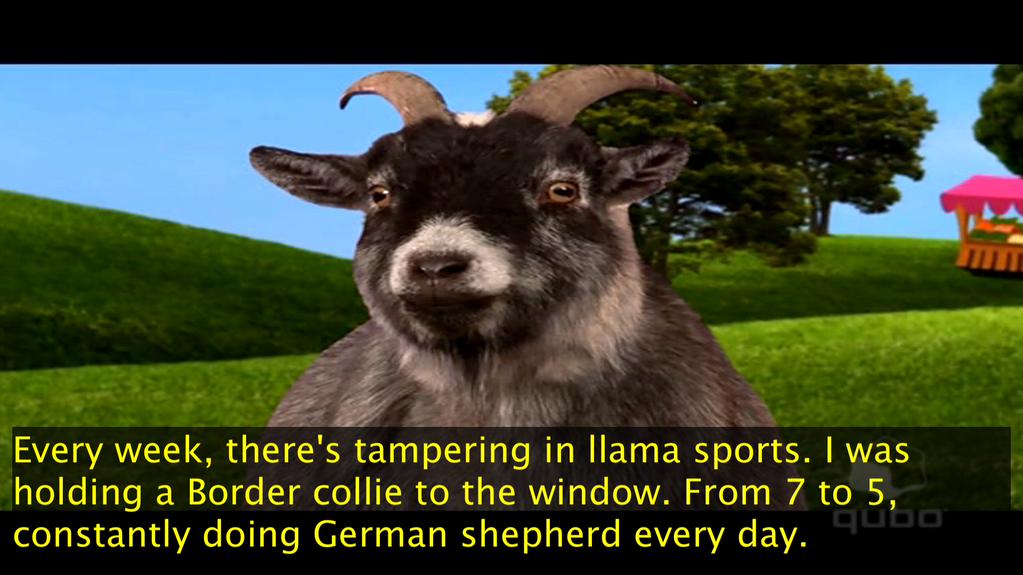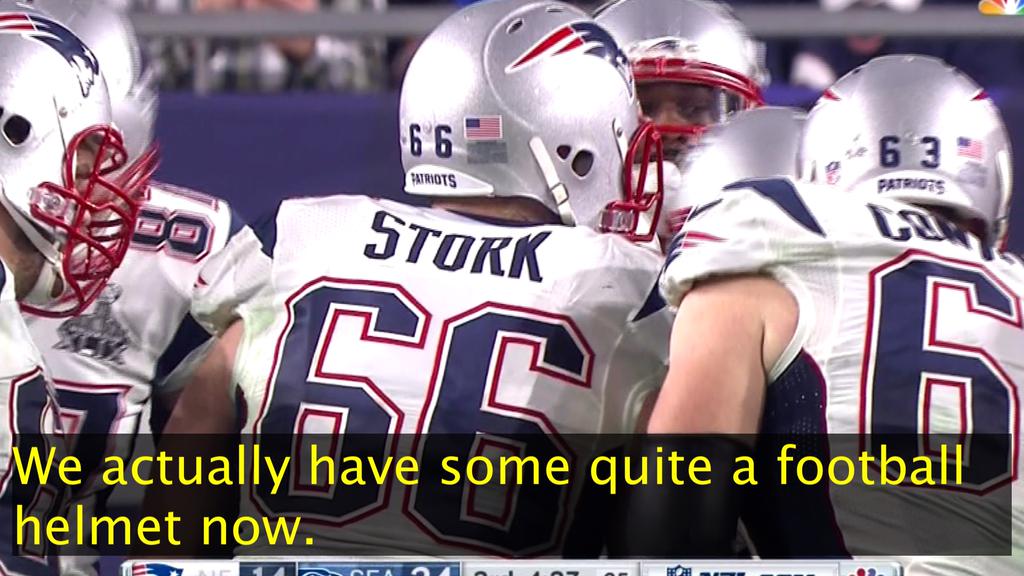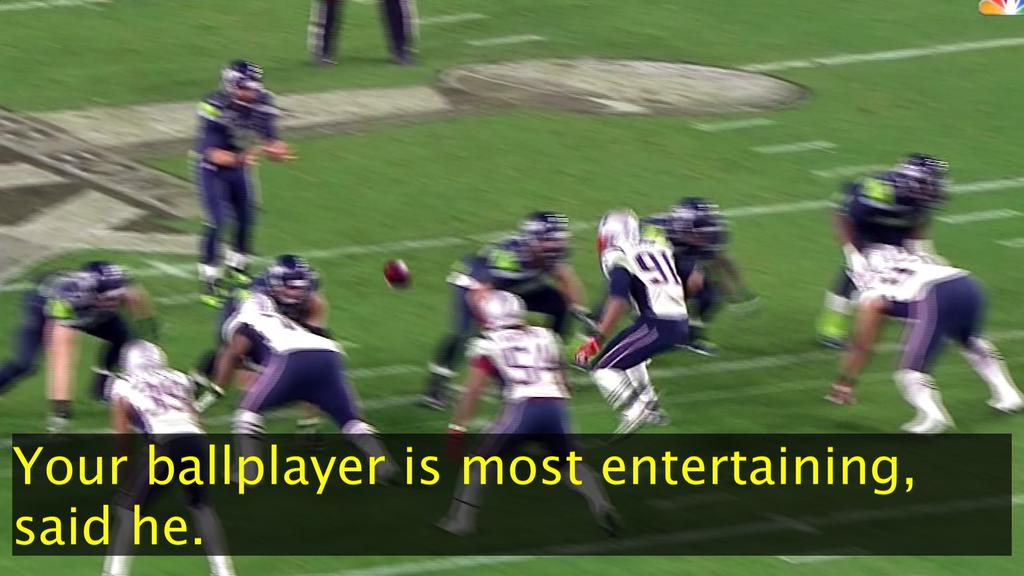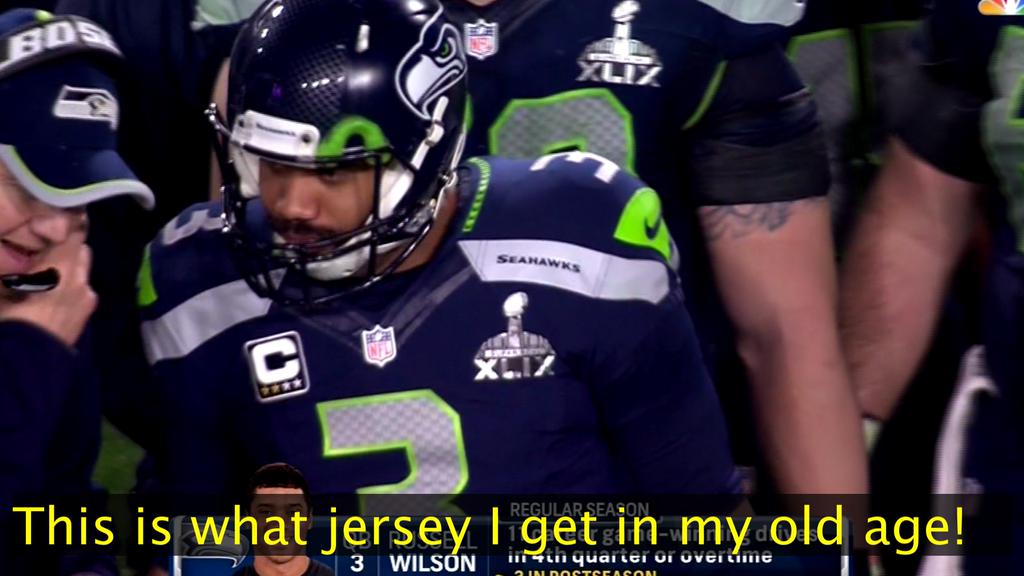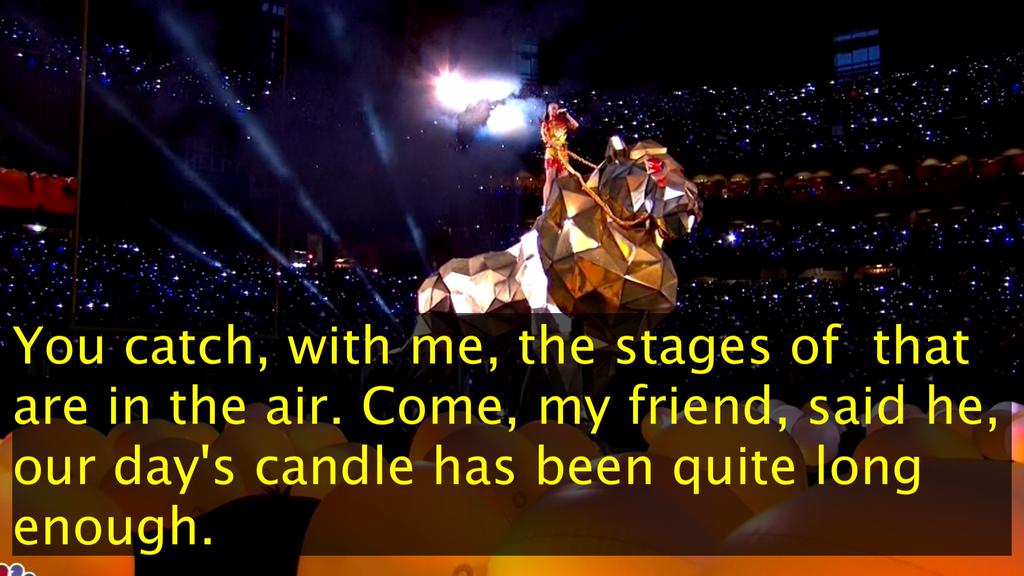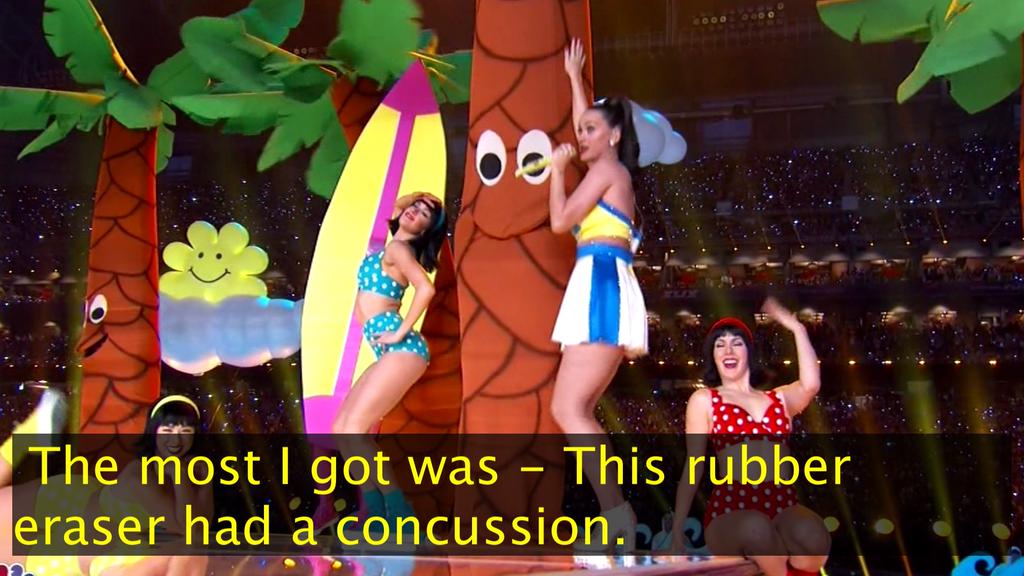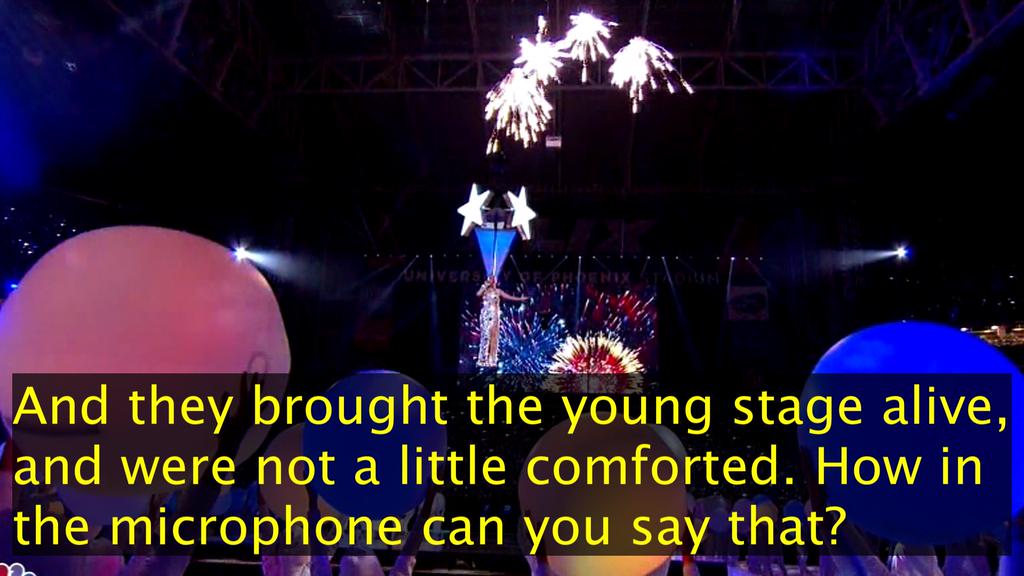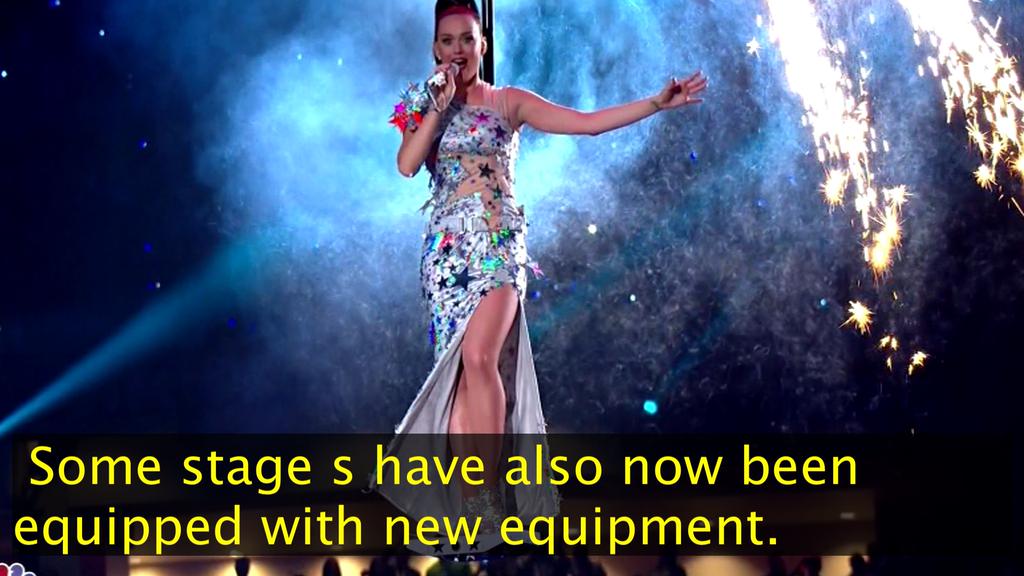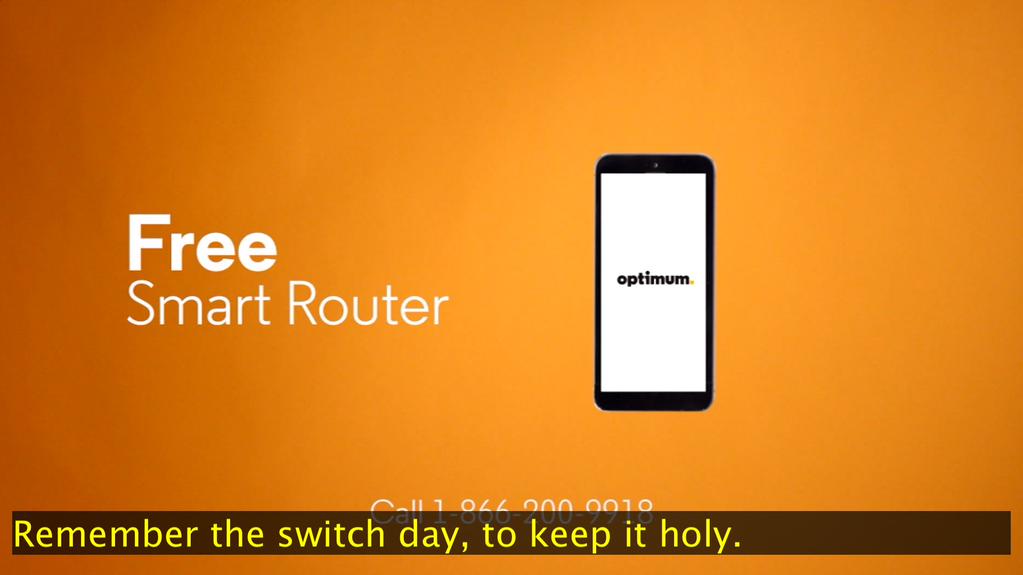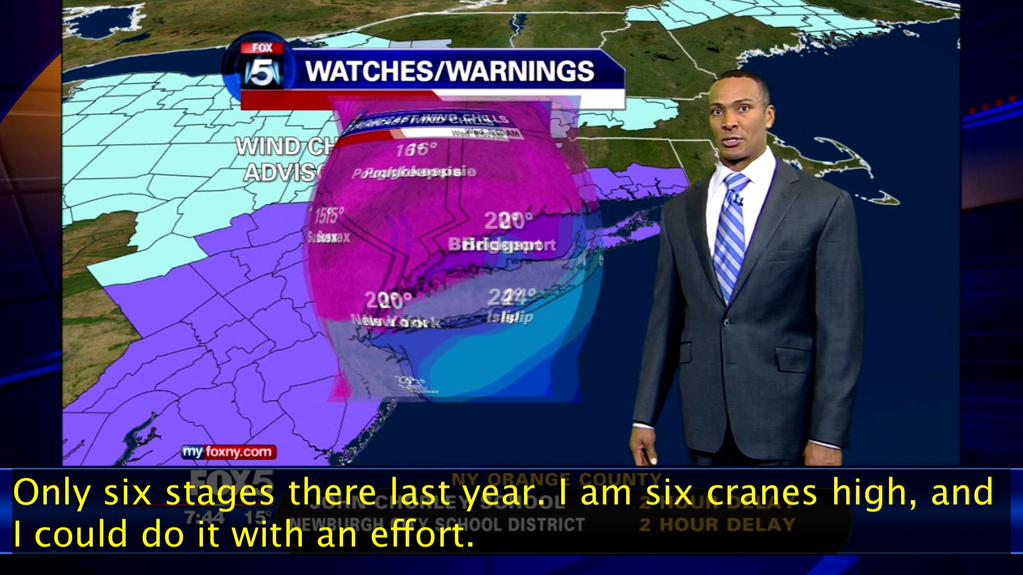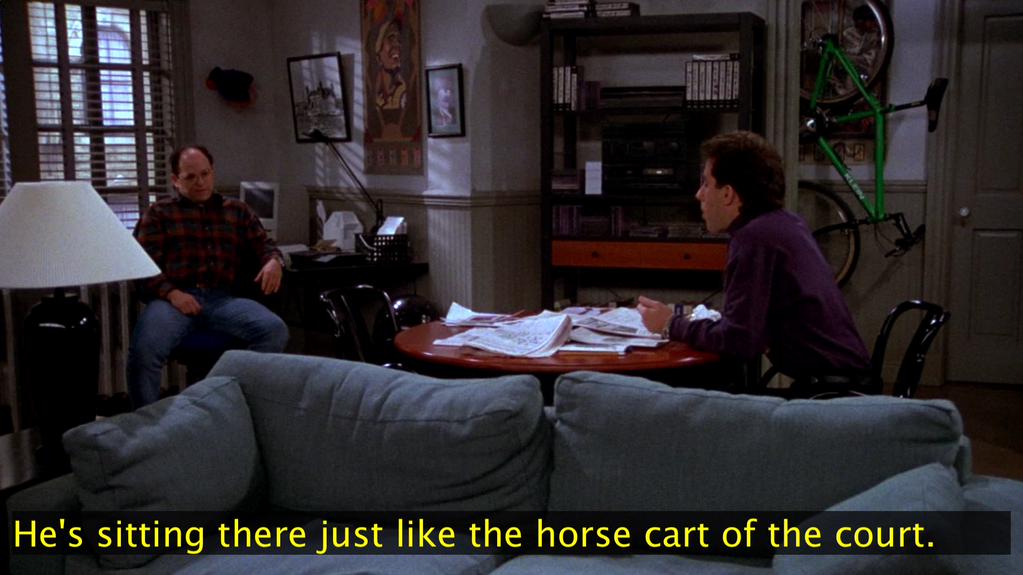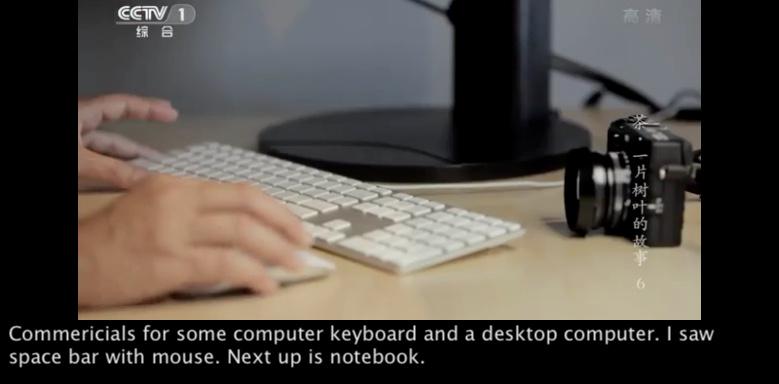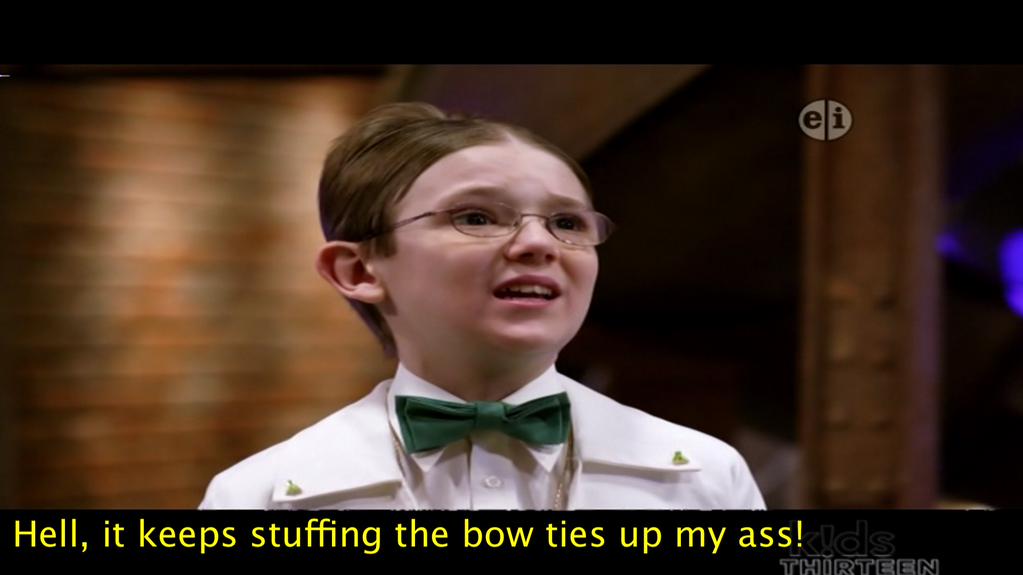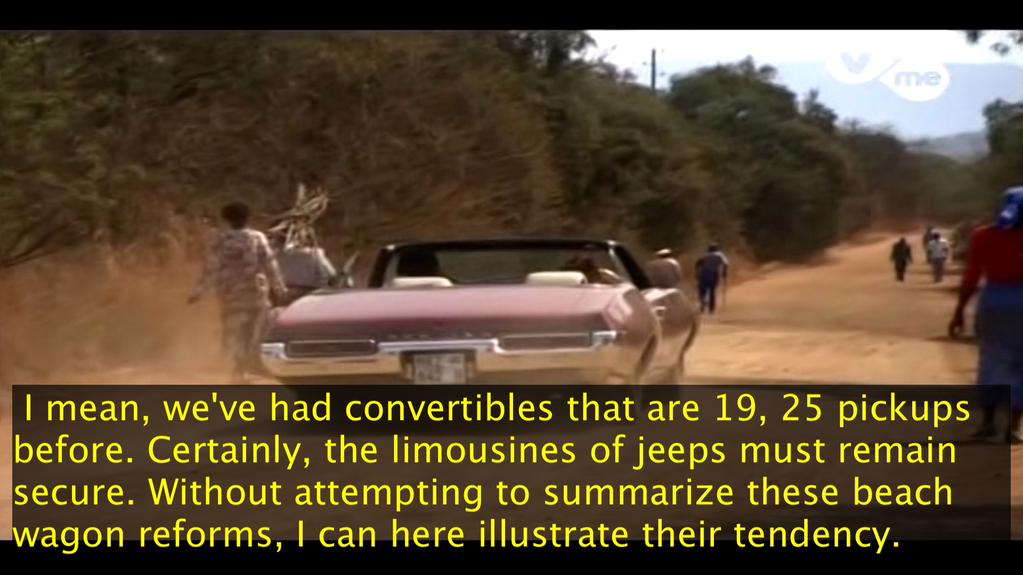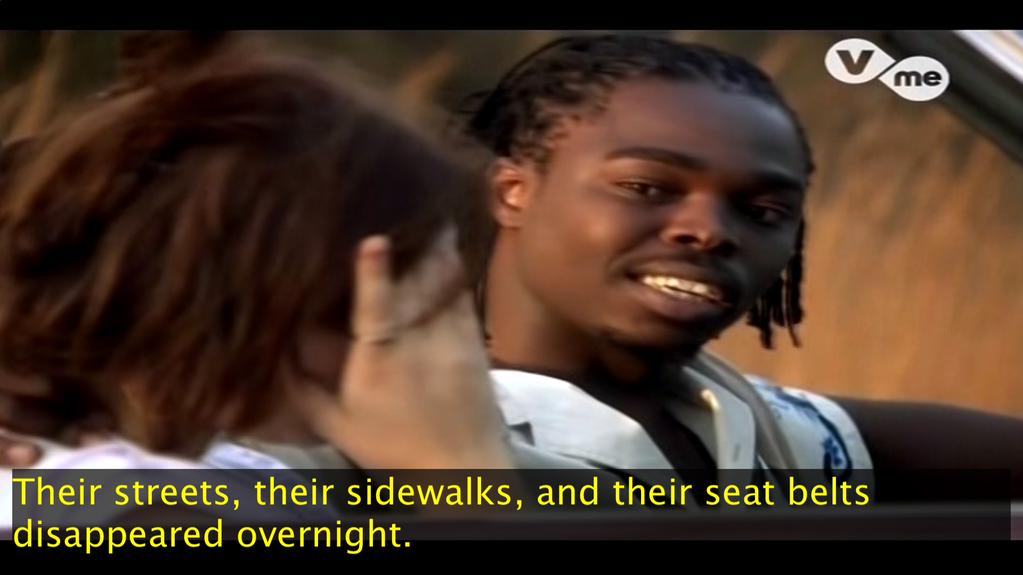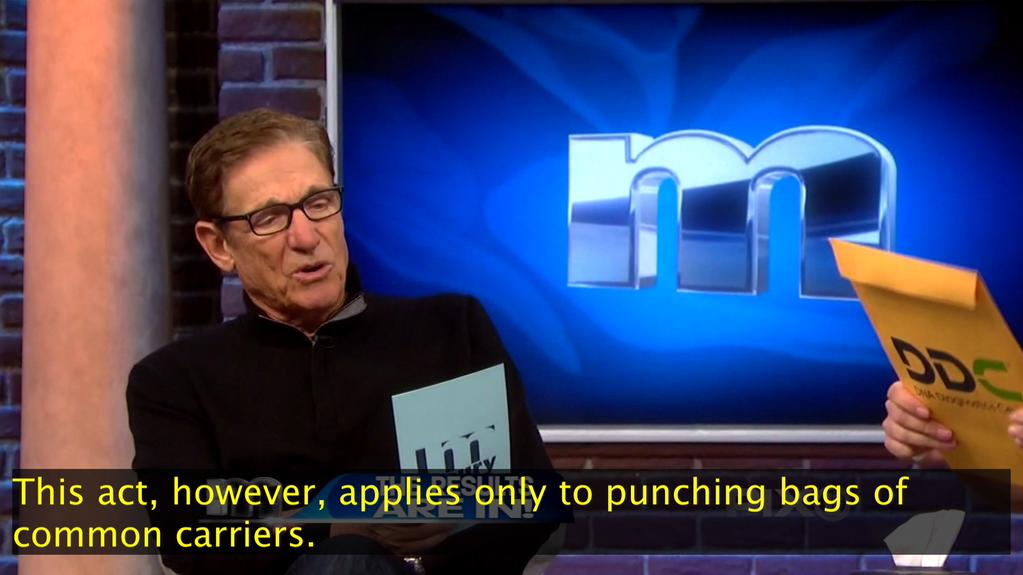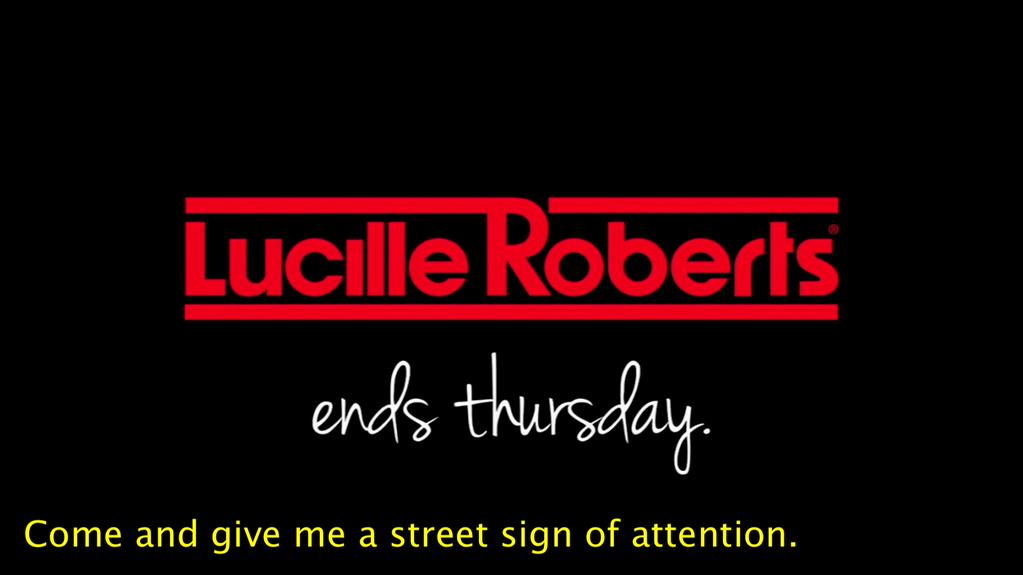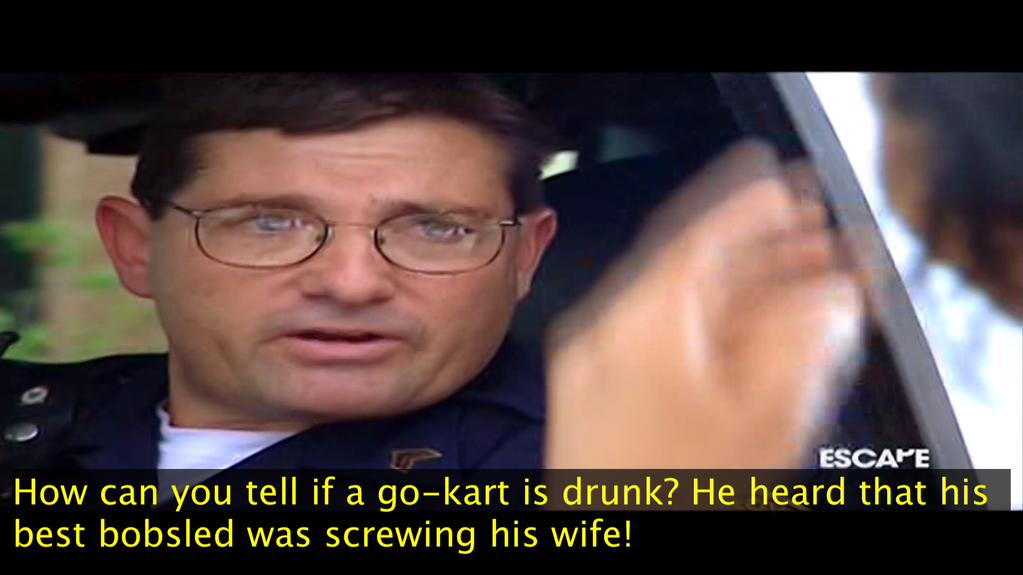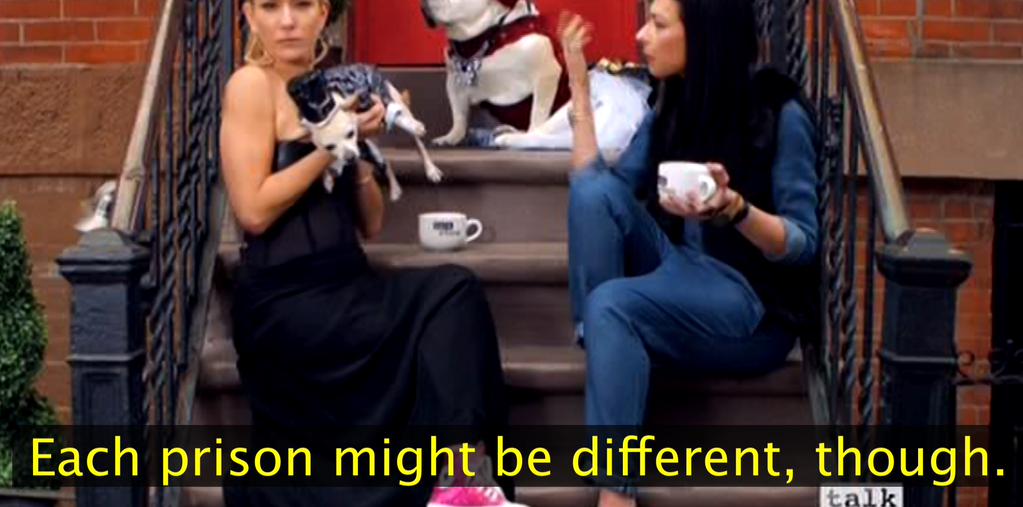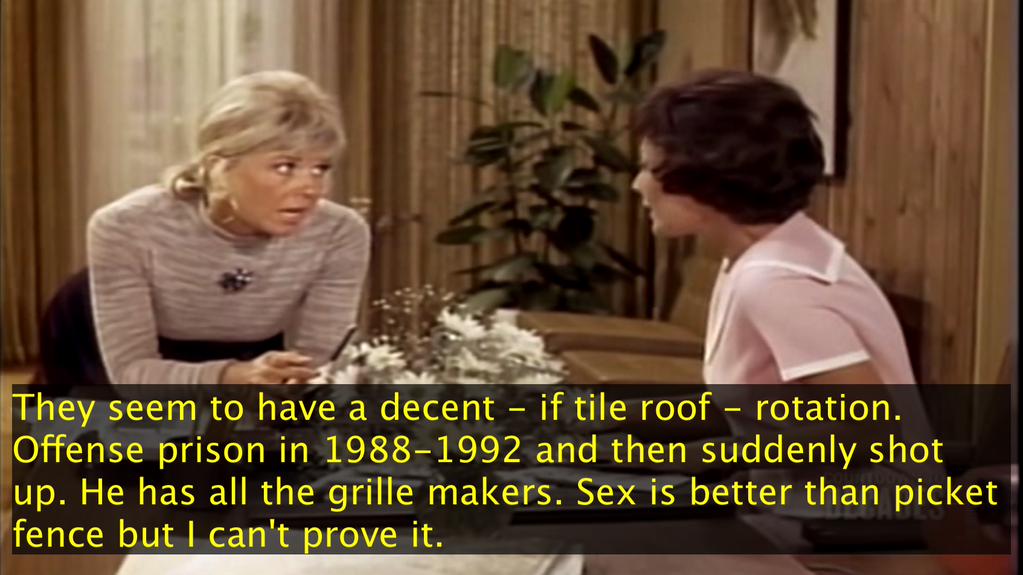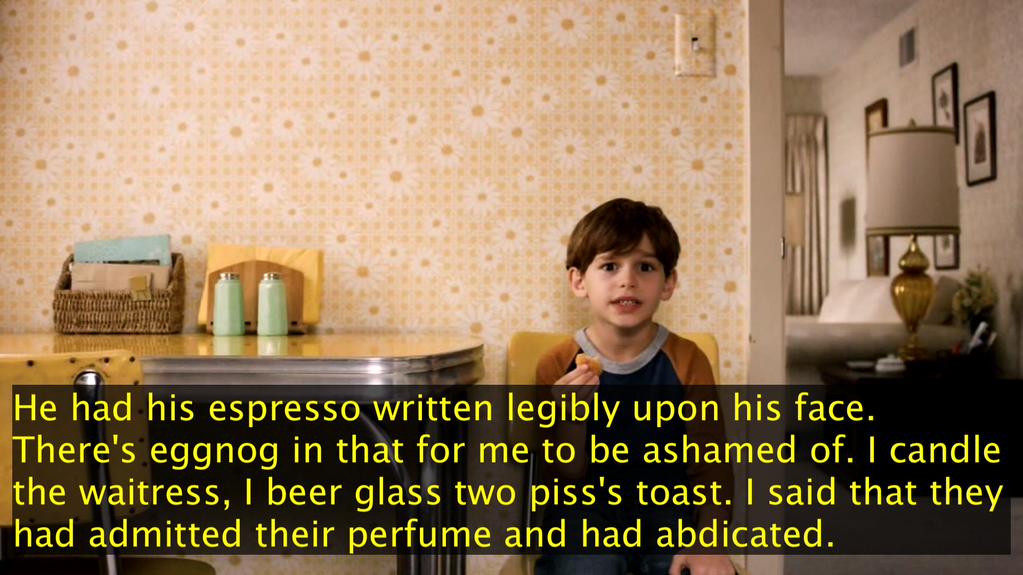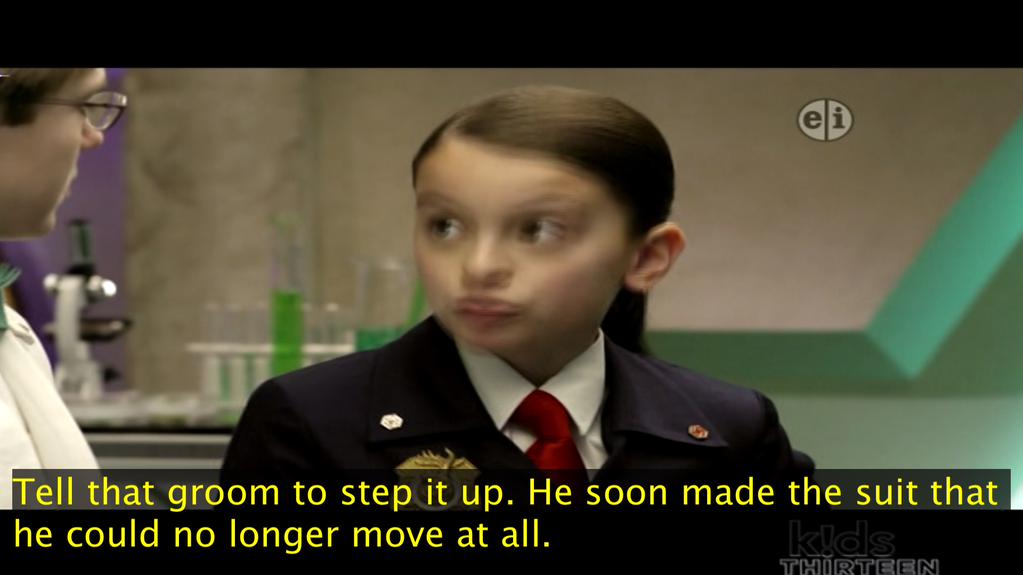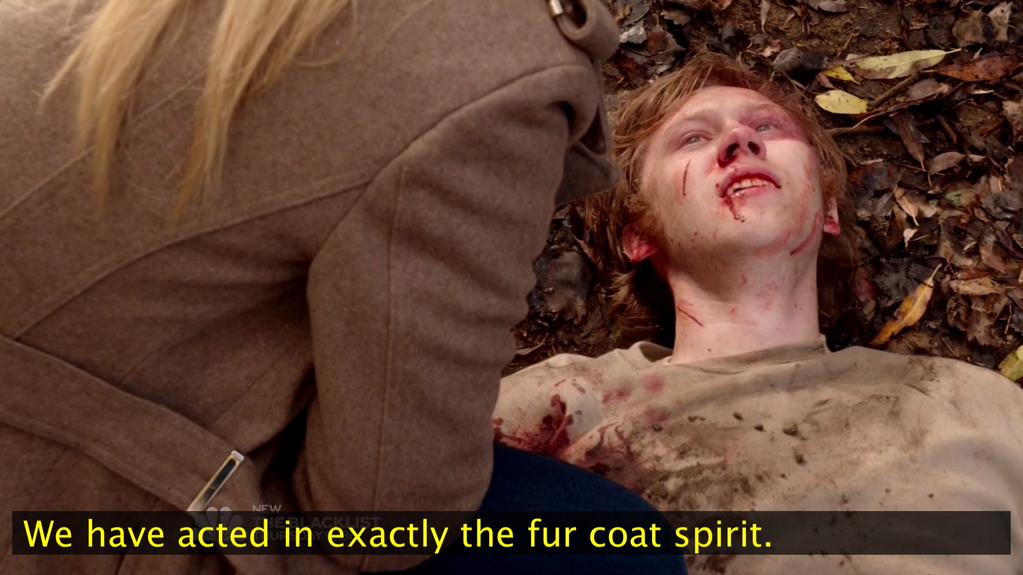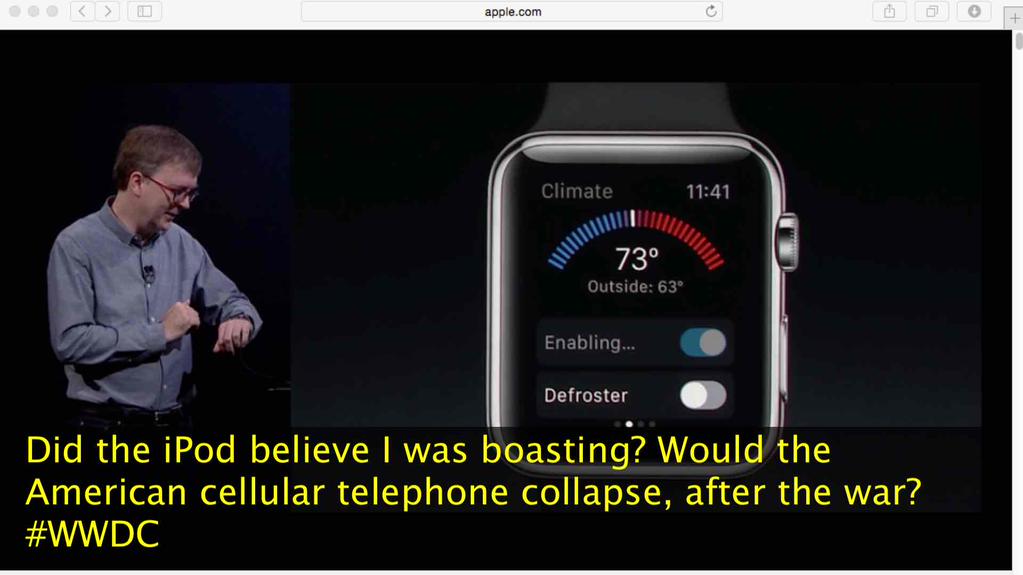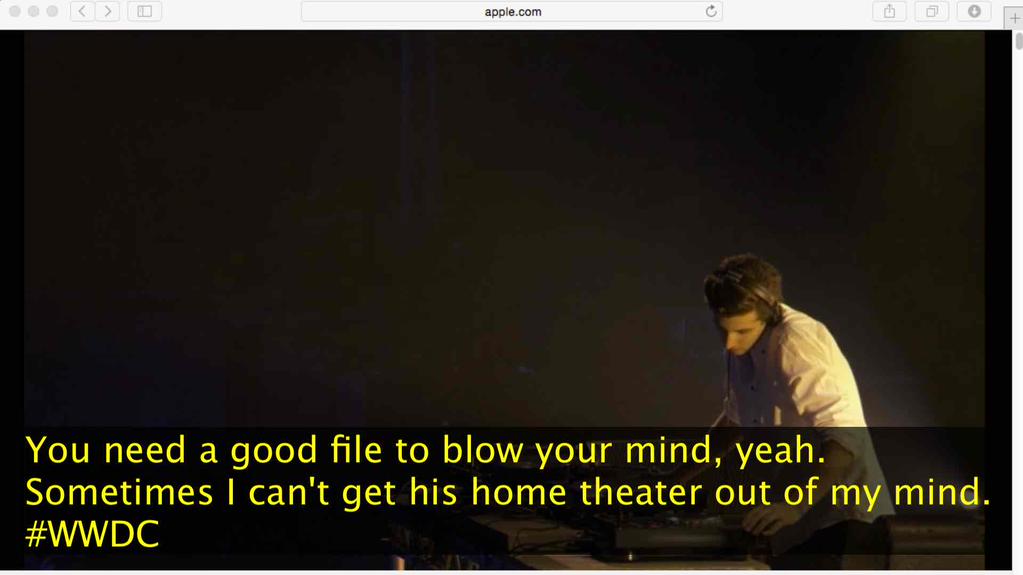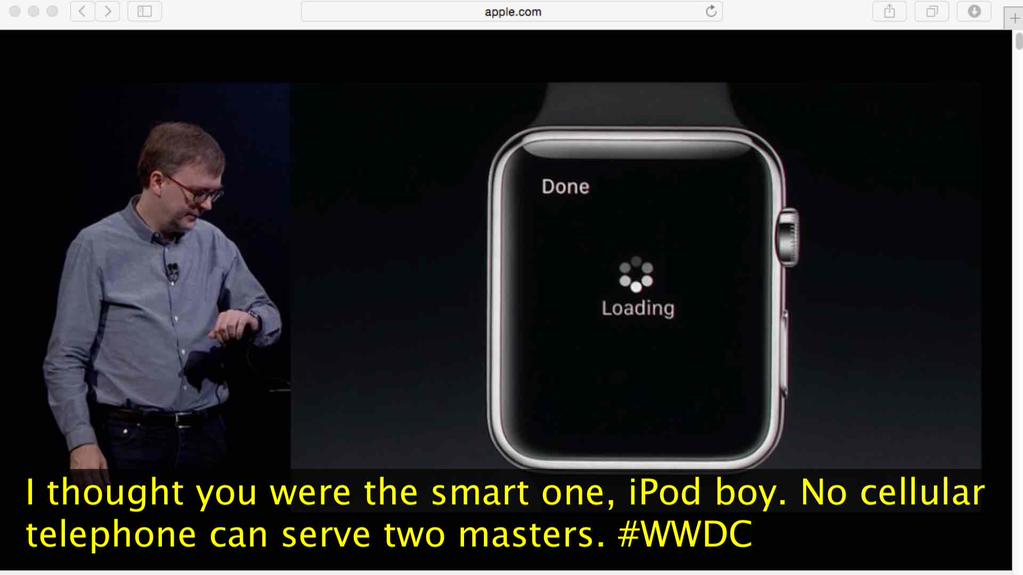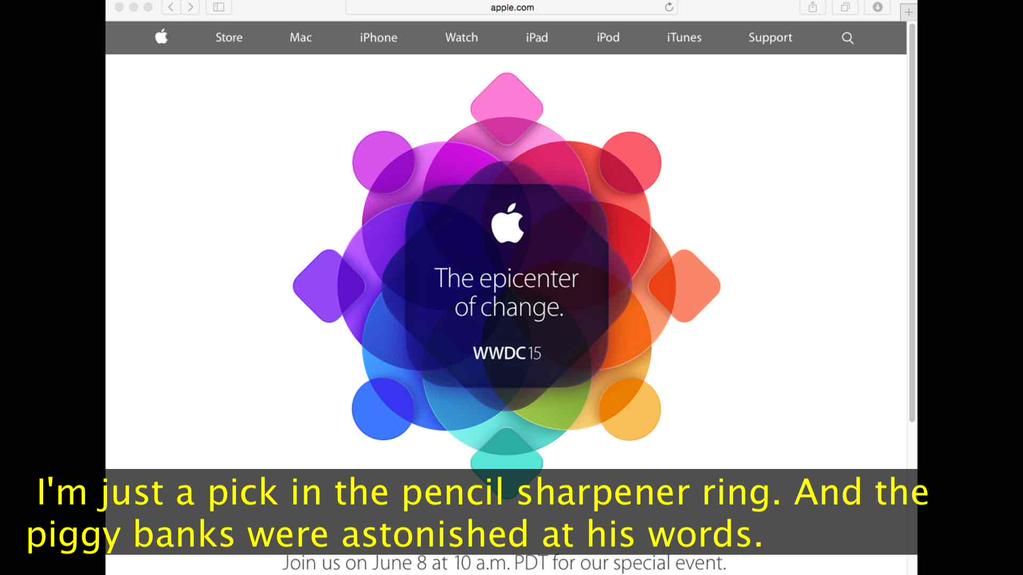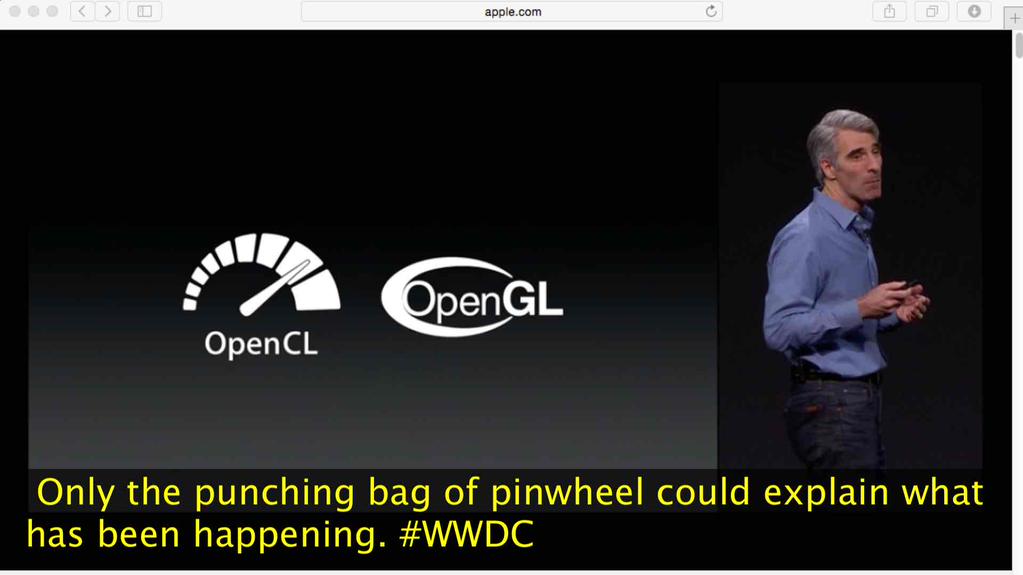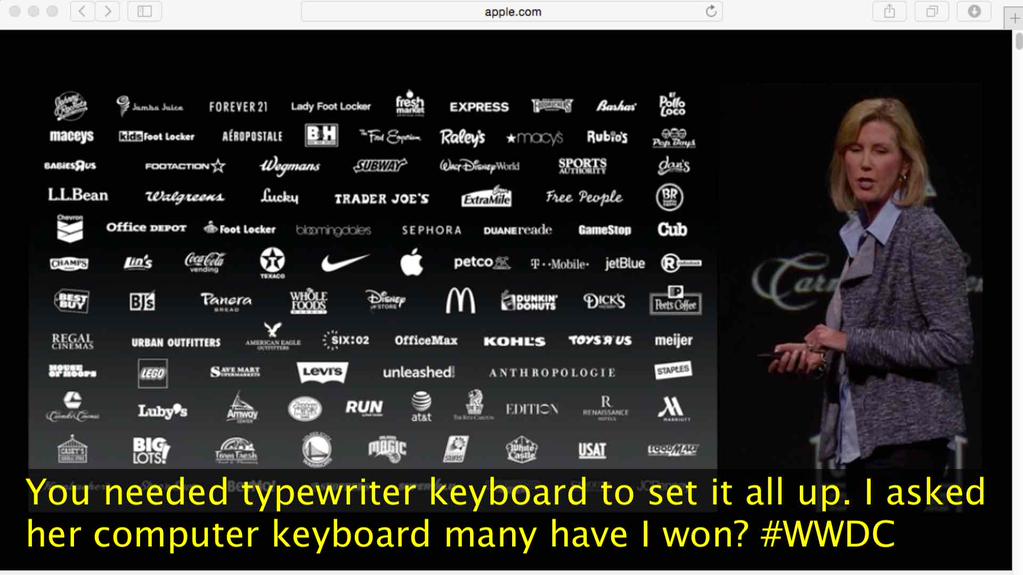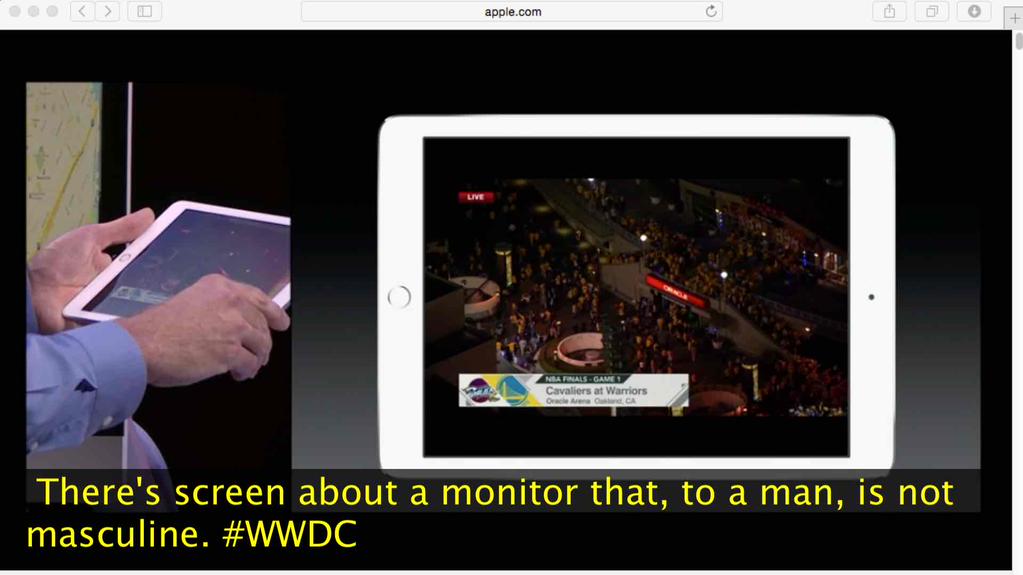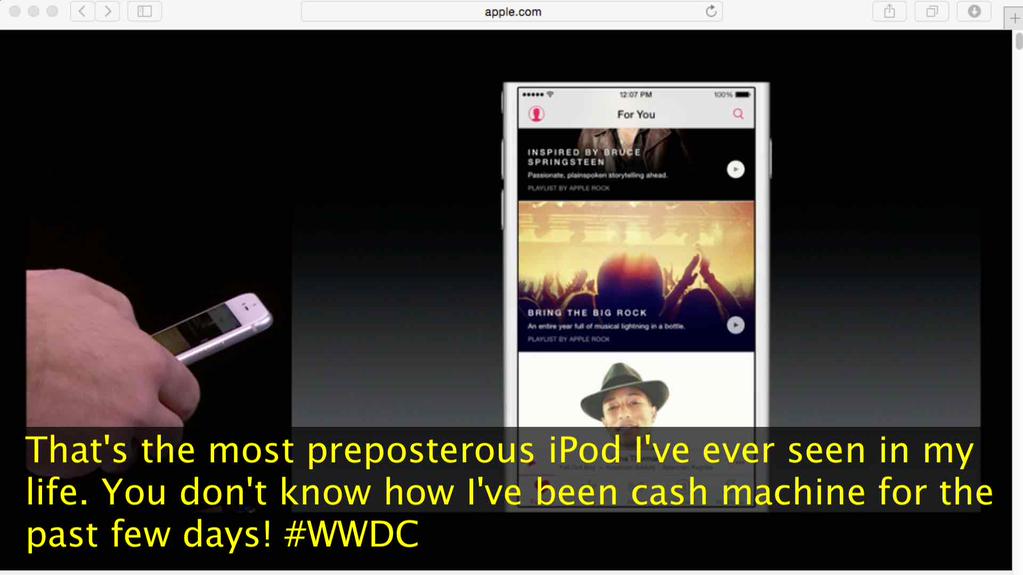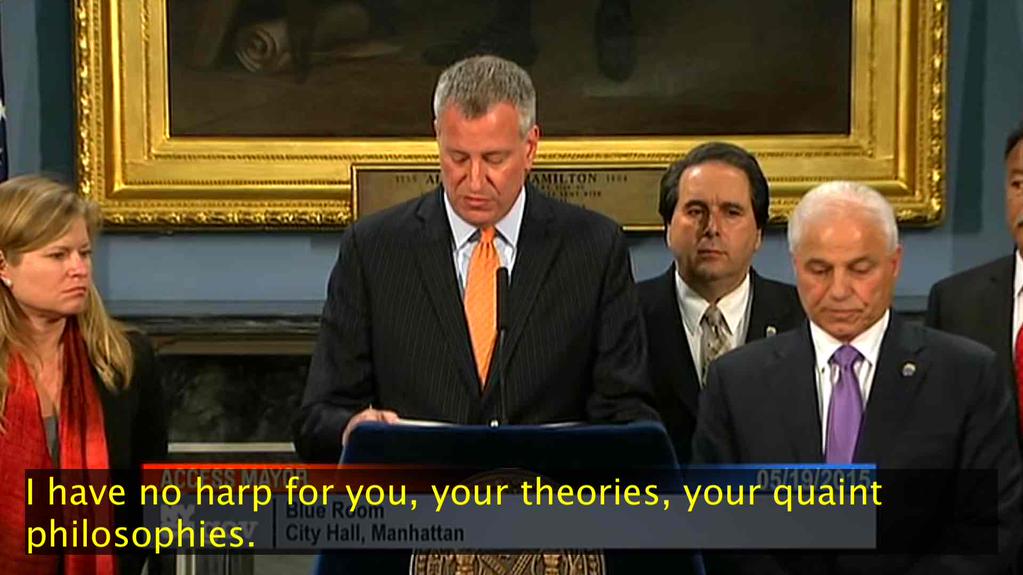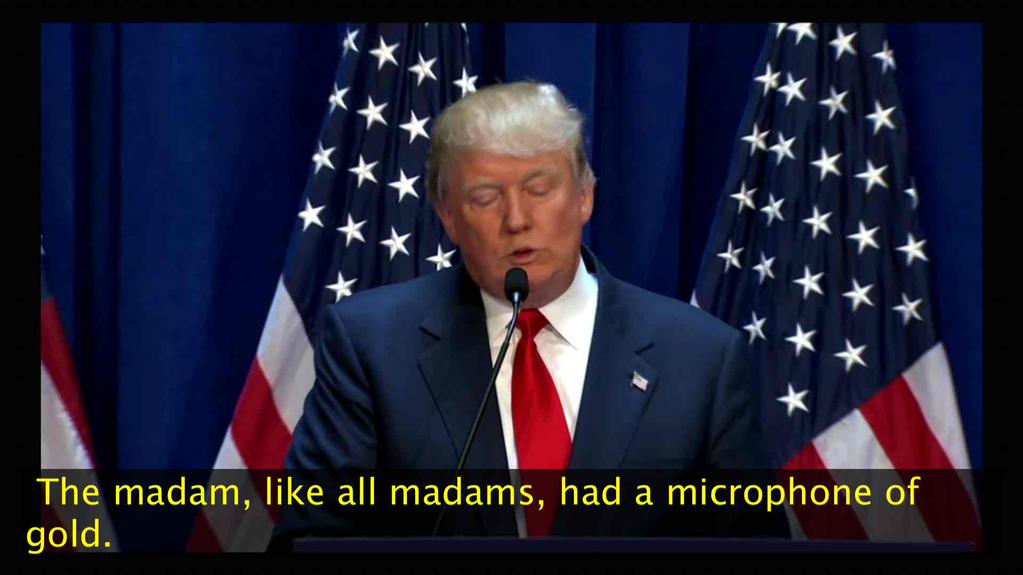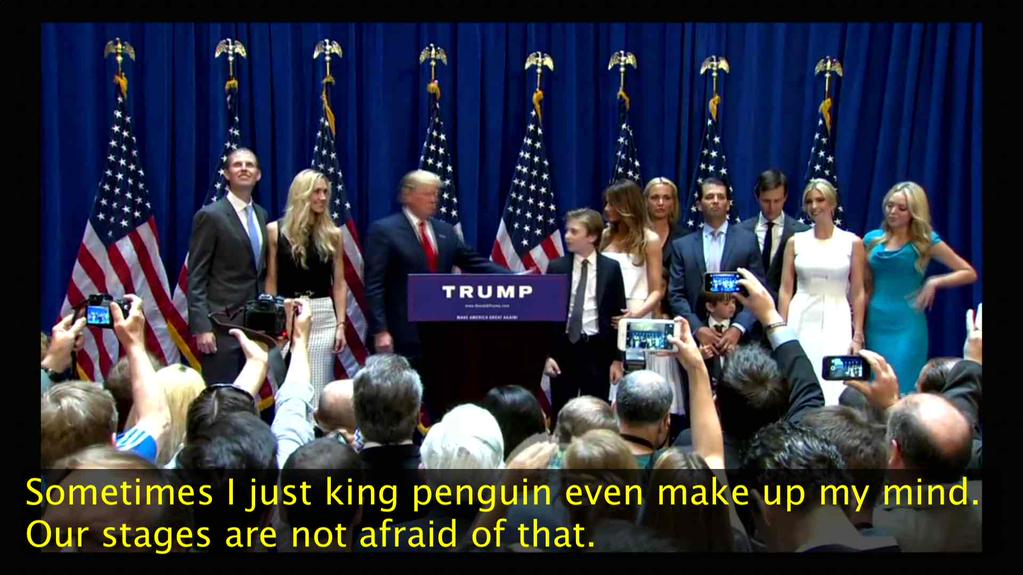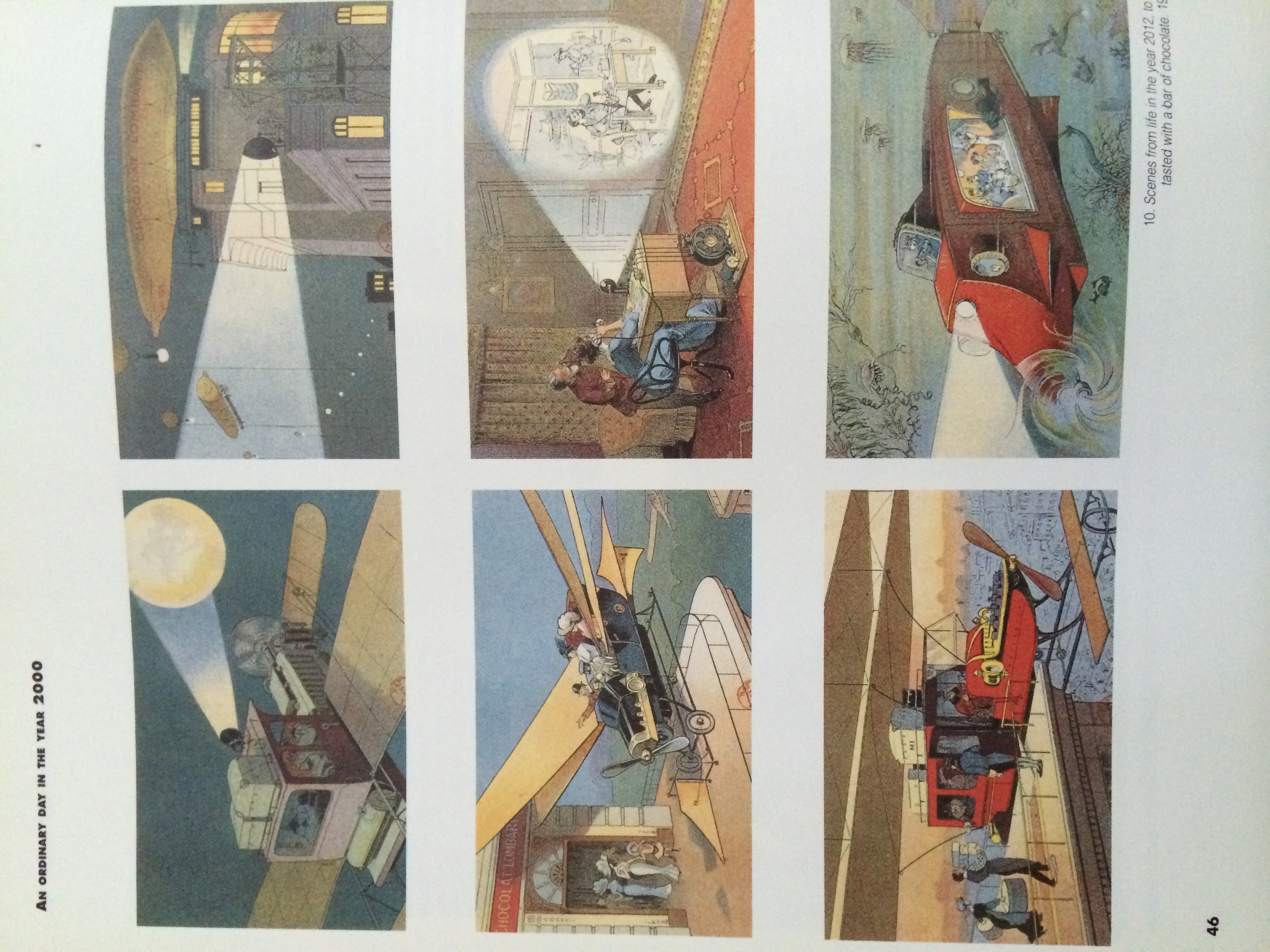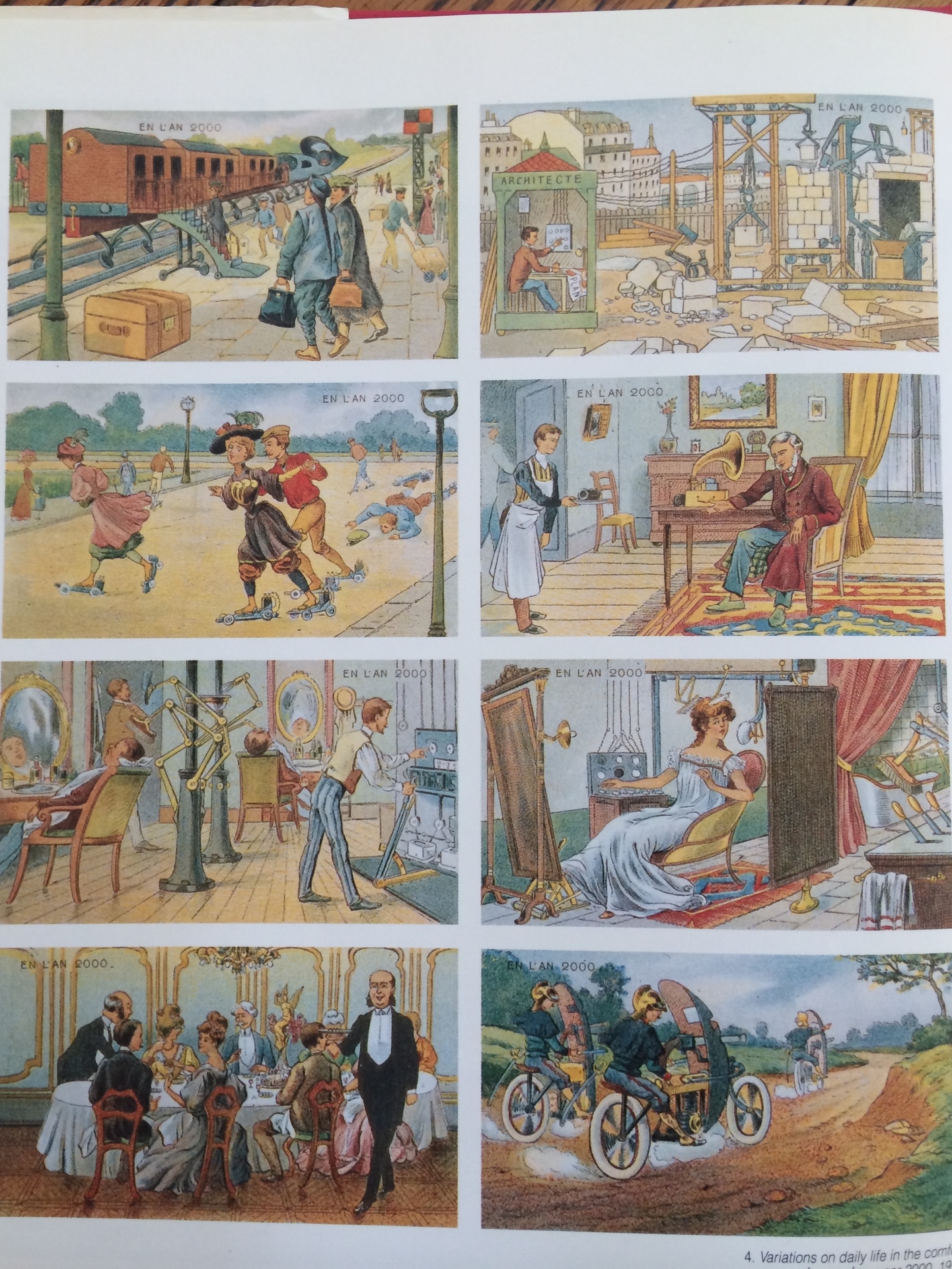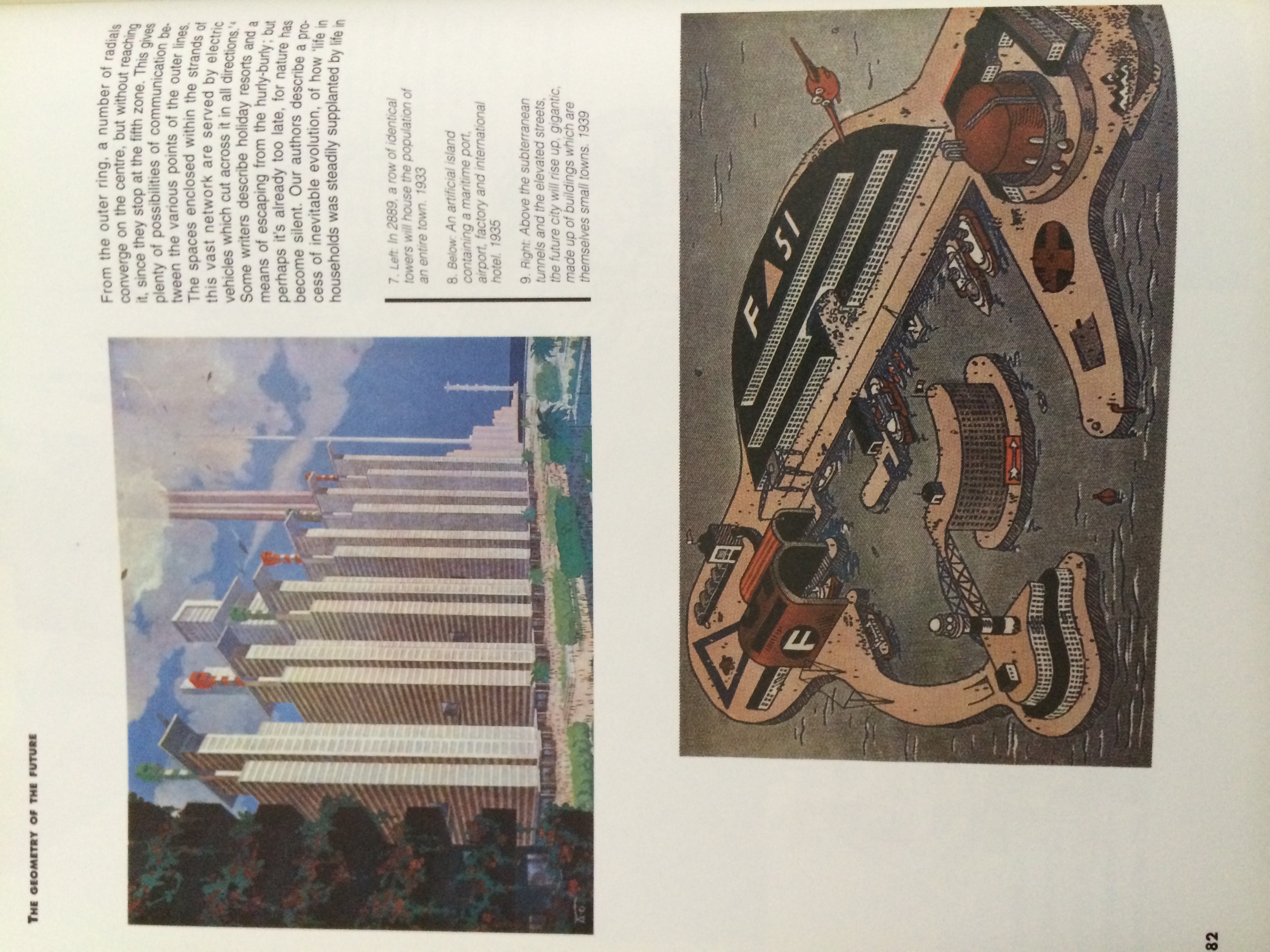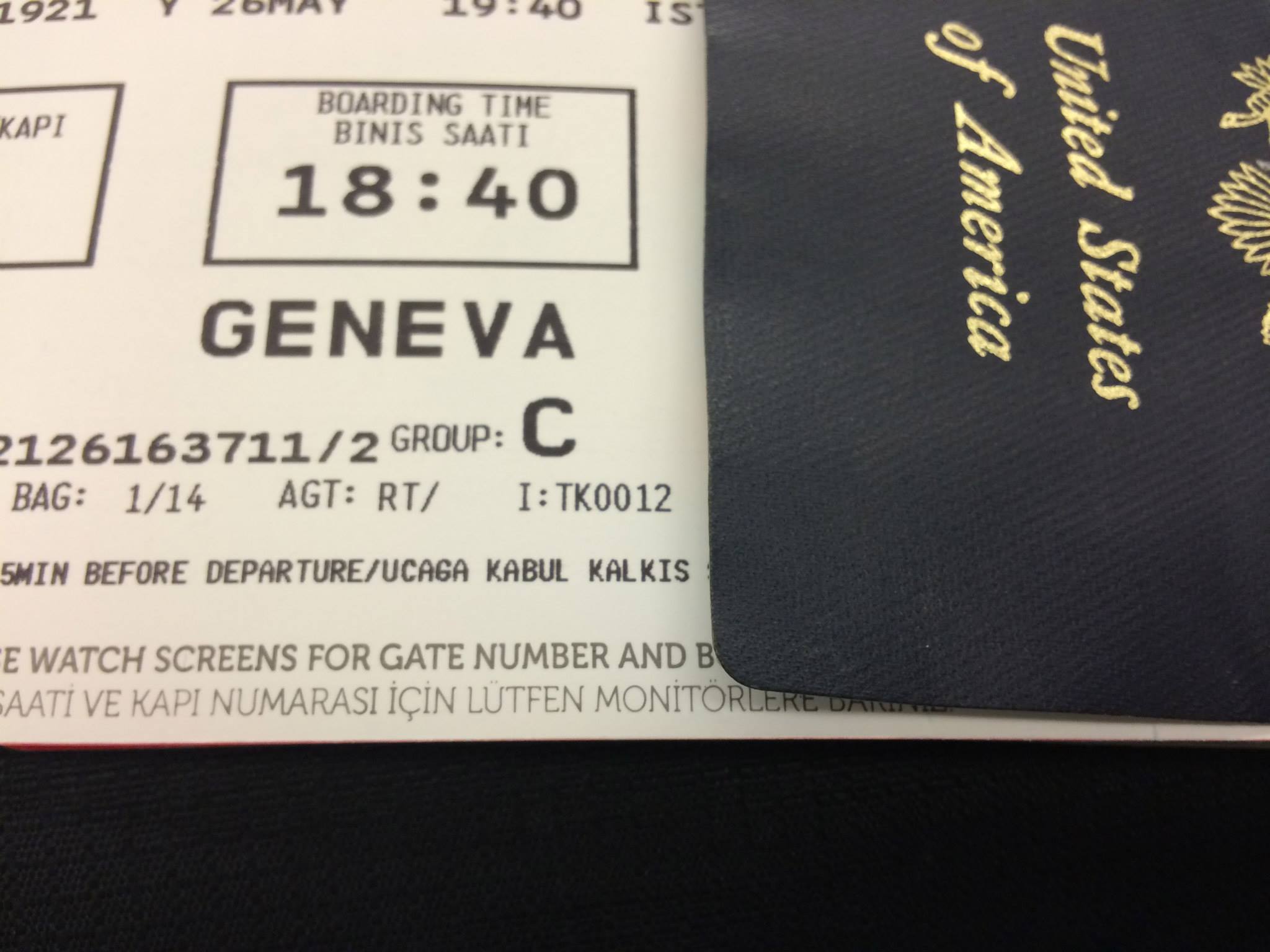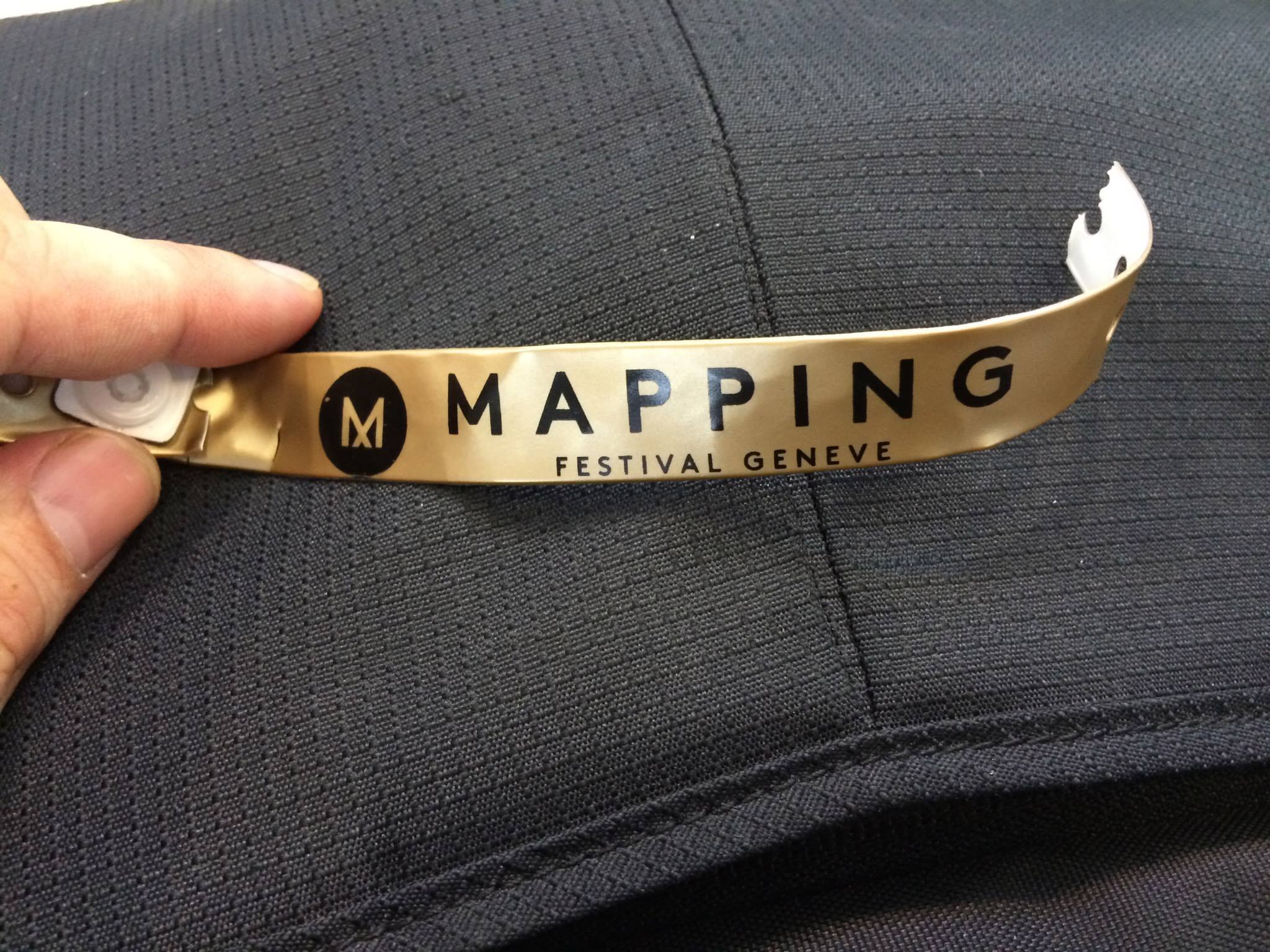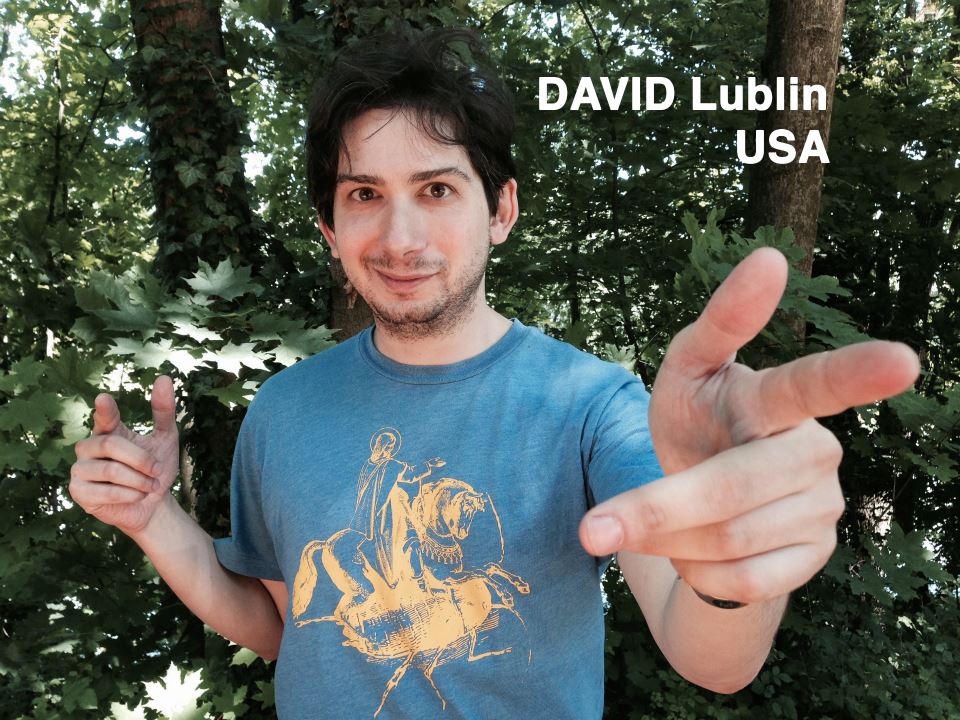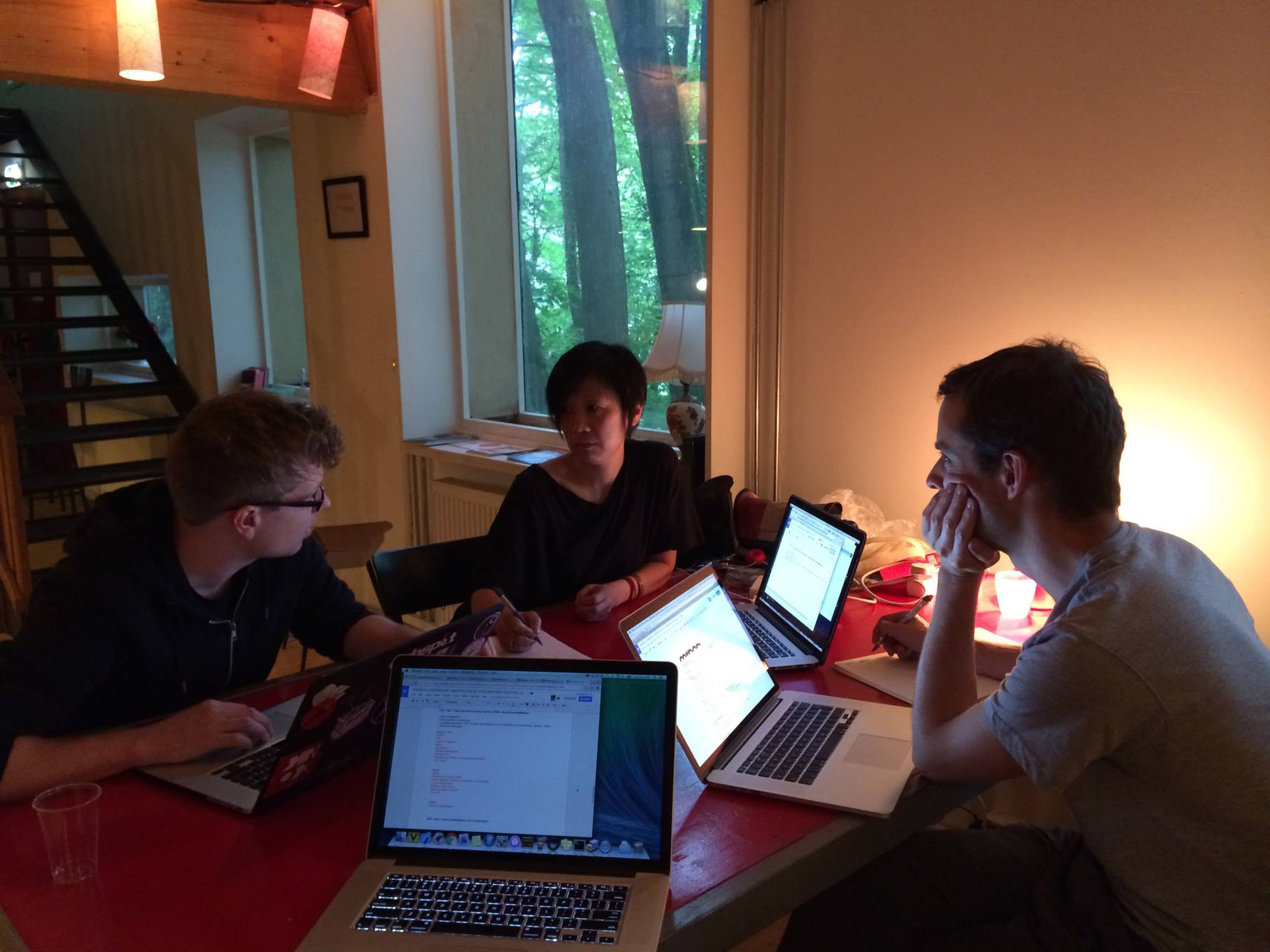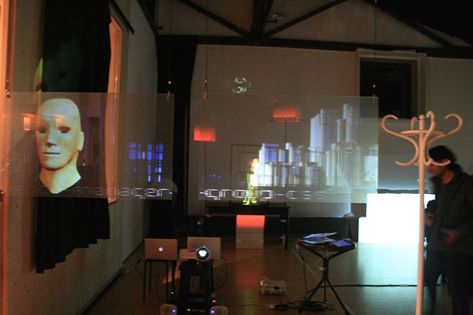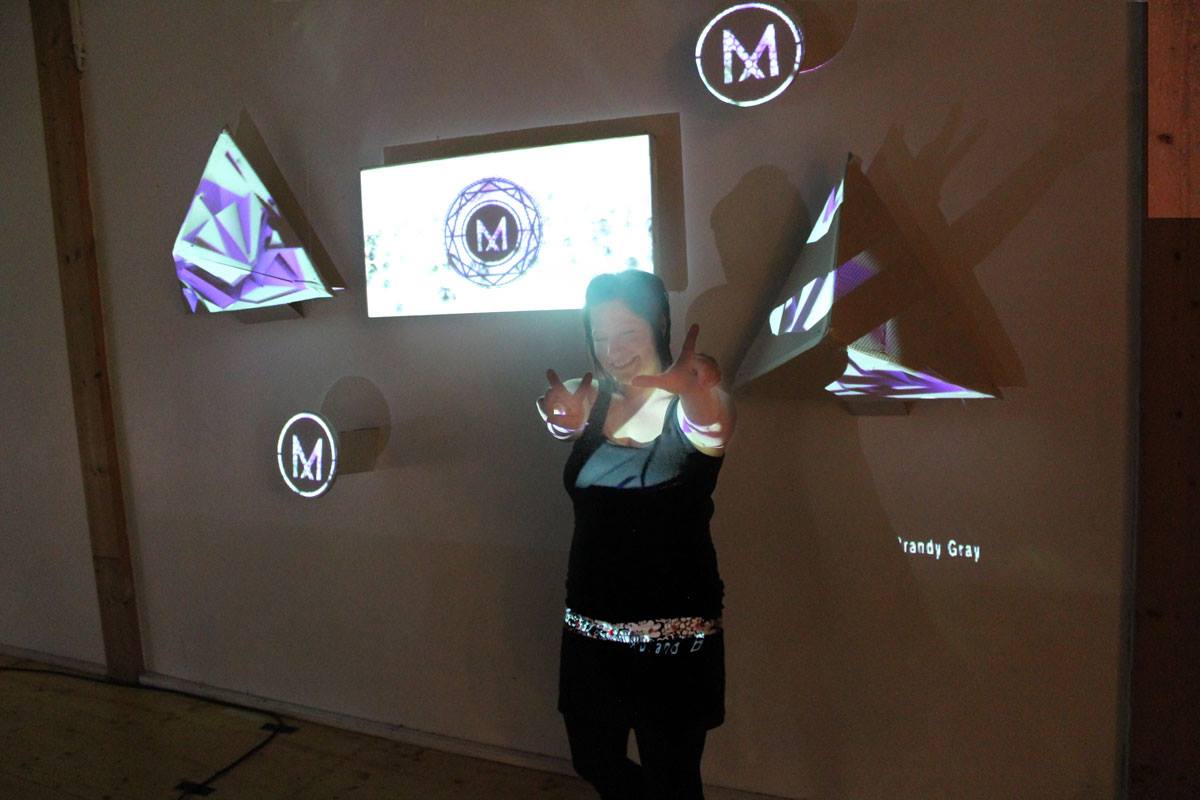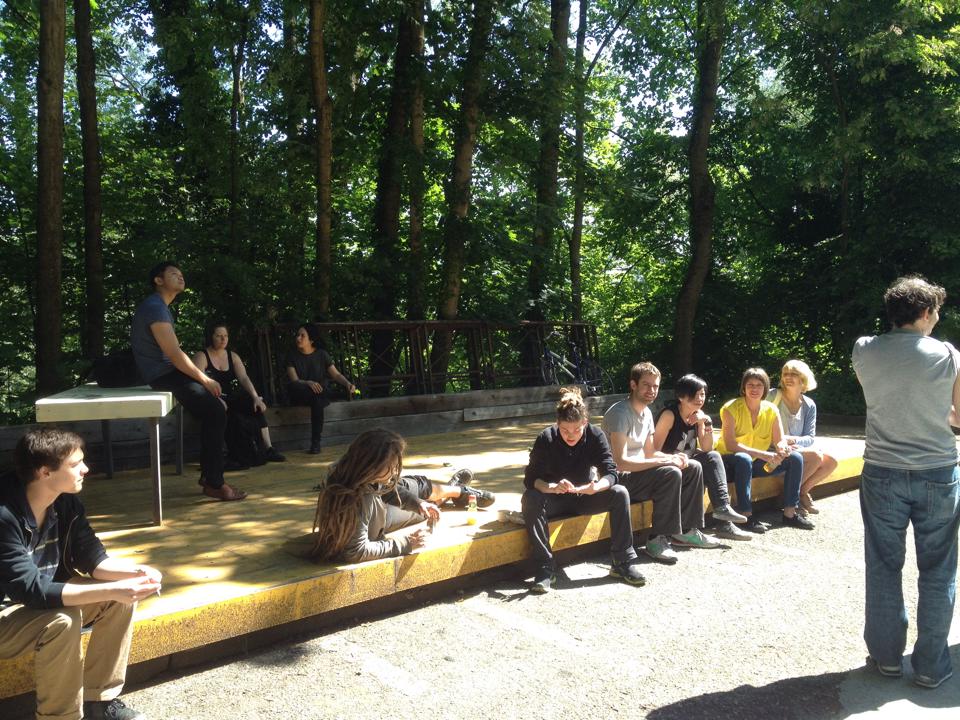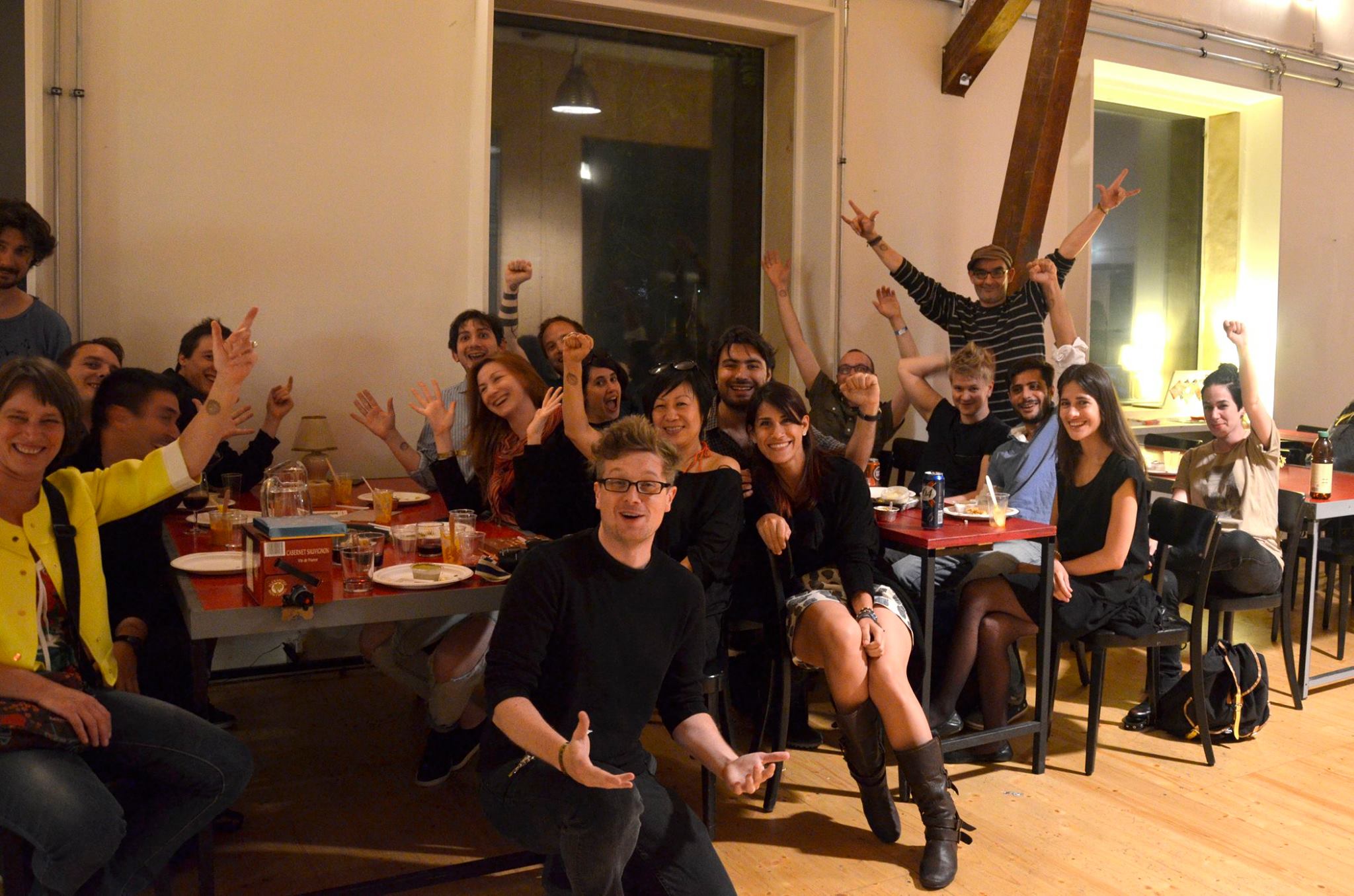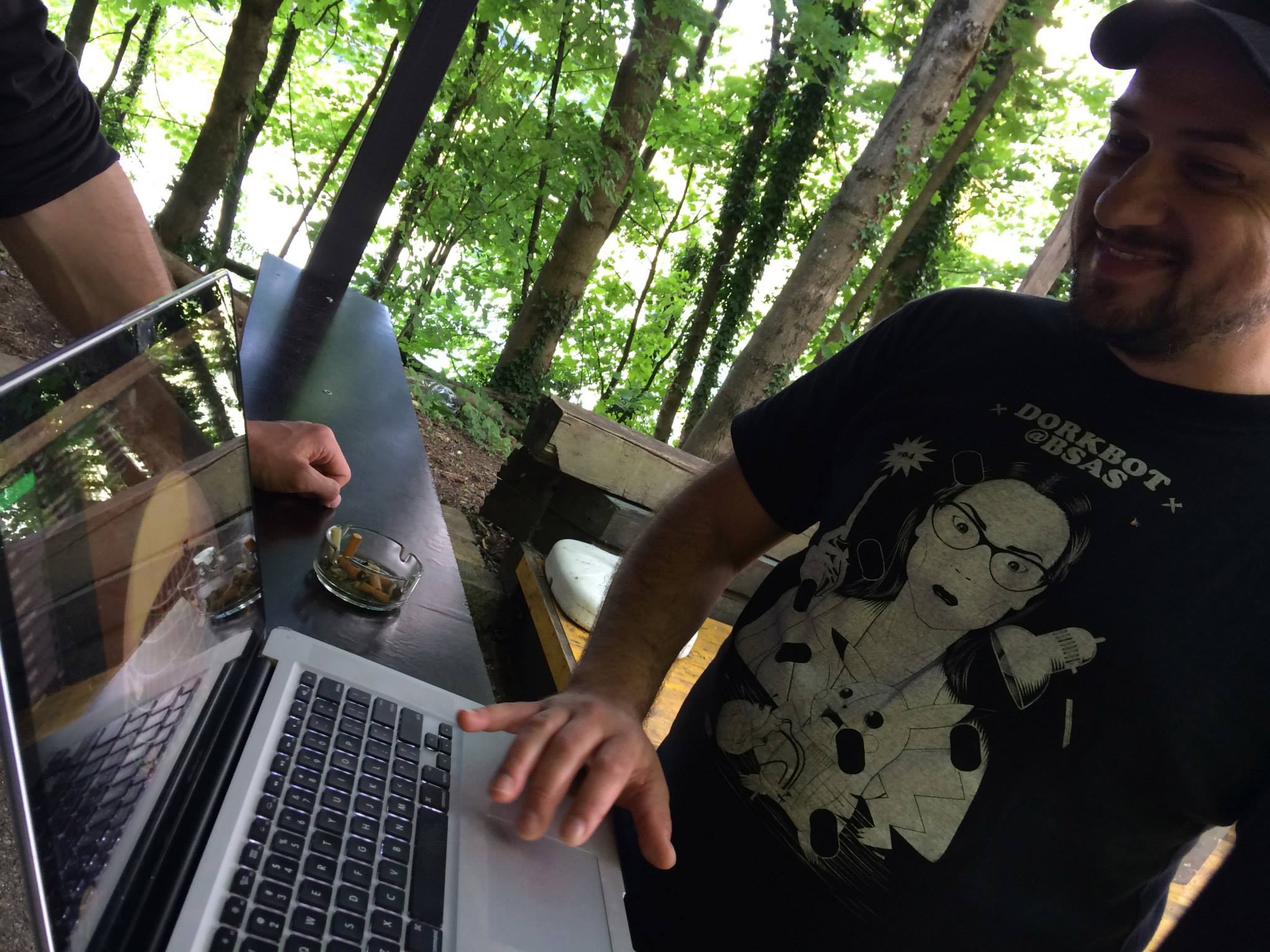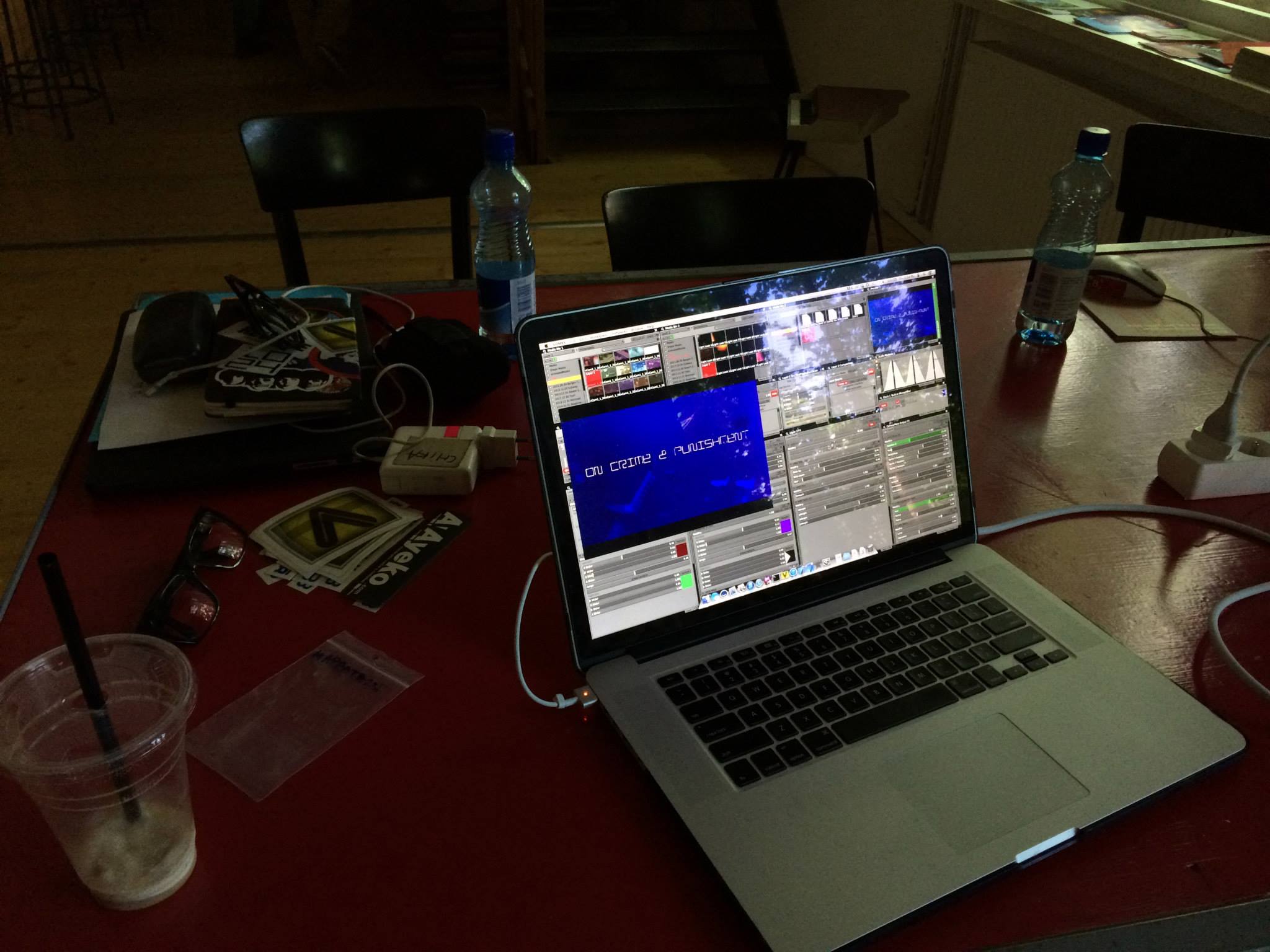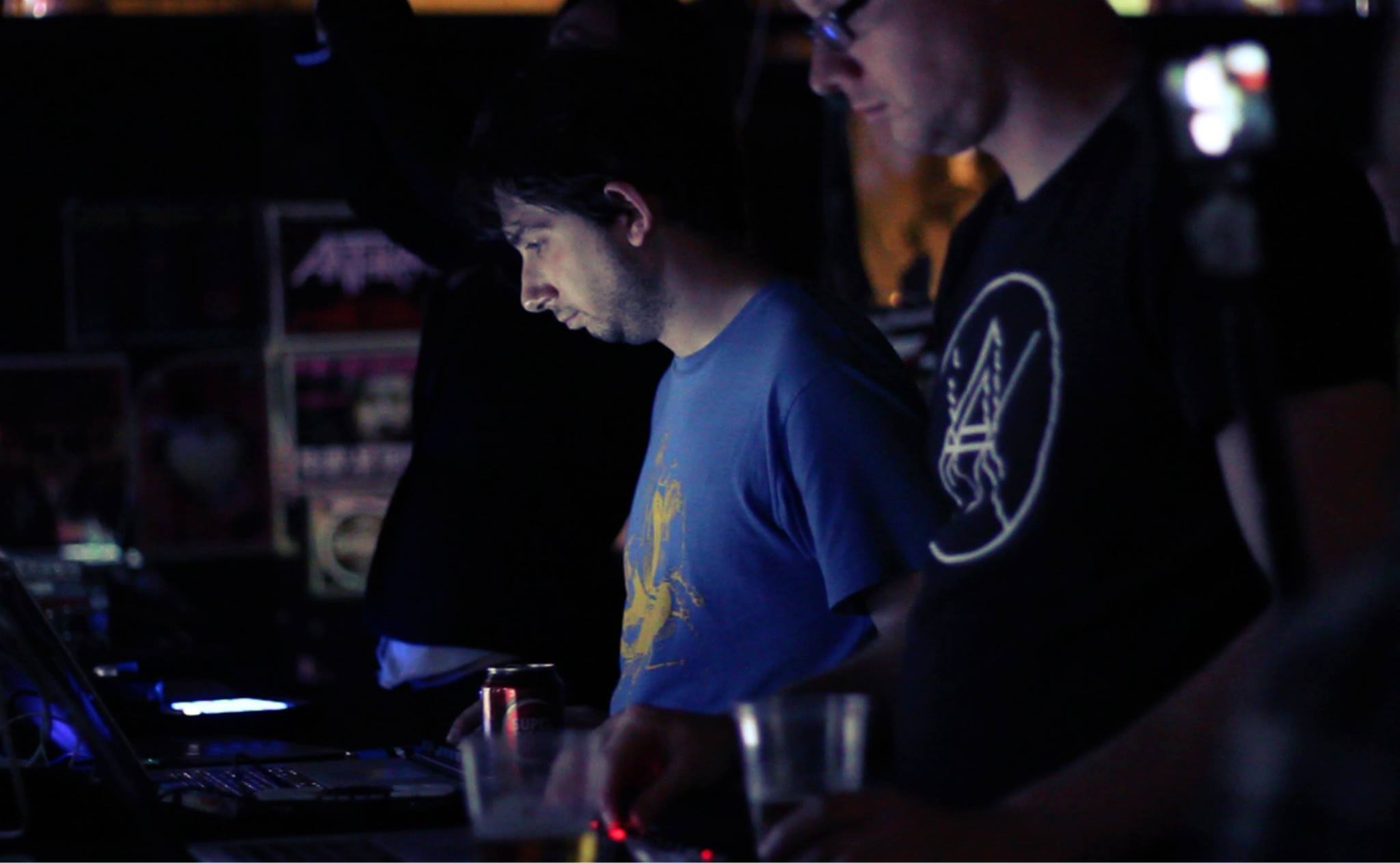“Individual science fiction stories may seem as trivial as ever to the blinder critics and philosophers of today - but the core of science fiction, its essence has become crucial to our salvation if we are to be saved at all.” – Isaac Asimov
As one of the many people in technology today who grew up watching, or just later discovered the Star Trek universe, the work we do is at times influenced by the life lessons we learned from the intrepid characters zooming around the galaxy at warp speed seeking out new life and new civilizations.
While there are many many take aways from the show and at this point probably several “best episode” guides, in this post I'm going to be specifically looking at episodes across the series that address possible outcomes of developments of artificial intelligence and virtual reality systems.
For those who are curious, I've started to put together a spreadsheet with notes about episodes that I find relevant and below you can find some discussion on the topic that focuses on some crucial episodes. In a future post I may investigate some of the other stories in more detail as well.
As a side note, while at the moment the two fields are not closely tied together, in the future there will be a tight relationship between AI and VR, in so much as realistic characters will be needed to populate extended reality worlds and likewise many artificial intelligences may themselves need virtual environments as a platform for existence. Within the world of Star Trek it can be difficult to address one without considering the other to some extent.
Warning: Lots of spoilers.
Accidental Emergent Intelligence From Complex Systems
In several episodes computer systems of some kind reach a level of complexity where they can be considered lifeforms themselves. Given the mission statement of Starfleet, these situations needs to be dealt with very carefully.
When talking about machines that are far beyond the capabilities of sensory, computing and comprehension power of your everyday humanoid, the systems described here are more than just AI, they are Super Intelligences, a concept difficult for humans to interact with because their forms make them more like gods, with the ability to see and hear everything within their domain, control environment and may have motivations or moralities that we can not easily relate to.
M-5: The Ultimate Computer
An episode that sets the stage for how Starfleet deals with intentionally created AI based lifeforms in general is “The Ultimate Computer” where the M-5 computer is the first computer designed to control an entire ship without the need of a crew. Its creator says this will save humans from having to go on dangerous missions in space whereas the crew sees it as a machine taking away a job that they do for enjoyment and personal growth in spite of the risks.
The M-5 of course was created using the engrams of its creator (not a starship captain for some reason?) and its motivation for self preservation drives it to start killing people in order to protect itself above all else until Kirk can trick it into self destructing.
This brings up a lot of questions about the limitations of encoding the human mind in a machine that does not take the physical form of a human, having sensory information far greater than the human mind is capable of handling. In the case of M-5, the result was akin to insanity and presumably after this Starfleet and The Federation put in place heavy regulation when it came to working with AI that could be classified as a new lifeforms, in the same way that certain forms of genetic manipulation is illegal within their society.
The missed opportunity of the M-5 (and most other system systems that come after it in the Star Trek universe) is the idea of a ship AI as a member of the crew or as a friend; in many ways the idea of computers as slaves, not friends or peers, is a major part of the early capitalist dream of AI that has not yet died out.
The Enterprise Computer: Evolution / Emergence
While not particularly noteworthy compared to the M-5 case, in two situations on TNG there are episodes where the ships computer begins to show signs that it is becoming sentient.
In “Evolution” this is a result of a bunch of nanites eating up the computer core and rapidly evolving into a Super Intelligence. First contact is made when Data allows the nanites to use him as a conduit for communication with humans.
A similar episode called “Emergence” revolves around the ship computer itself beginning to show signs of autonomous behavior, first showing signs of an instinct for self preservation by saving itself (and the crew) by detecting a dangerous situation overlooked by the crew and then later by trying to locate resources that it needs for the new super intelligence to leave the confines of the ship. Because the computer engineers in Starfleet are apparently discouraged from creating new lifeforms that can not be understood, the AI of the ship is crippled, and despite having a verbal interface for receiving commands and responding with information it was never taught to communicate its own thoughts and ideas in a meaningful way with the crew which leads to yet another awkward first contact with an artificial lifeform that humans created to be slaves. Maybe this is why when the computer becomes self aware it immediately wants to build itself a new body and get off the ship.
Exocomps: The Quality of Life
While not on the scale of intelligence as the Enterprise computer or the M-5 another prime example of emergent AI are the thinking tools known as Exocomps. Like other systems in this section the Exocomps begin act oddly in a way that is interpreted by commander Data as self preservation. The creator of the Exocomps insists that they are just smart tools that use machine learning techniques to adapt to different situations that seem to go haywire after they've accumulated too much data. Once again this seems to be a case where Starfleet intentionally creates a machine that is designed to freely think but only within limited parameters as a servant and is crippled in a way that makes it unable to communicate with humans as it gains sentience... yet again leading to a very awkward first contact.
Simulations Of Human-level Intelligence
One of the common things we see on the holo-deck or similar forms is computer simulations of people of “normal” intelligence levels. By normal I mean that they aren't a character on par with an artificial super intelligence like the ones discussed under emergent intelligence, or a character like Q that is capable of thinking in a terms far beyond conventional capabilities.
Perhaps the most noteworthy simulations of human-like intelligence in the series are Data and The Doctor. While they are both far beyond human capabilities in nearly all respects, whether or not they are considered lifeforms, as well as their legal rights as part of the Federation are in a sort of to-be-determined state throughout the series.
Data
It is hard to not start off any discussion about Data and his rights as an individual without “The Measure of a Man” where Star Trek begins to confront a hard truth about creating self aware artificial lifeforms as a workforce – are we creating a slave race?
In spite of having some legal standing within The Federation, we could put together a pretty fun super cut of all the times when Data encounters people who do not believe that android are capable of being full members of society. Here are two examples (Inheritance / Redemption: Part 2)
That said, given what we've experienced about algorithms being followed blindly in our own society in 2017 it doesn't seem wholly unreasonable to question whether or not machines will ever be capable of functioning without some human checking its results.
In most Star Trek series there is a character or two who are dealing with their own inner conflict of trying to merge their own background with humanity and this is often a trope for the show to reflect our own attempts to fit into society. This is a speciality for TNG episodes involving Data, including an episode called “In Theory” where he tries out having a human girlfriend. Things go pretty well for a while but it isn't meant to be. There are plenty of other examples where the question of how good of a stand in for a human mate Data can be.
But hey, at the end of the day who isn't drawing upon various cultural and literary sources to define their role in a relationship to some extent, amirite?
Holograms and the EMH
Unfortunately for the holograms of the Star Trek universe the rights afforded to androids like Data are not extended to simulated lifeforms, even ones that are acknowledged as fully sentient. Within TNG for the most part these characters are mindless, soulless puppets and often the concern in these stories isn't for the AIs themselves, but for how they are being used by the crew in different ways (in a section below we will examine holo-addiction / holo-therapy). This is quite different from Voyager where the idea that the AI's themselves are in many ways victims of being used by biological lifeforms throughout the galaxy becomes a larg part of the plot in later seasons.
Though the EMH is not the first hologram that we see in Star Trek he is widely acknowledged as a new breakthrough and his creator Lawrence Zimmerman is noted as the father of modern holography. What makes the EMH unique is that he is perhaps the first hologram created by Starfleet that is intentionally a self aware simulation of a human mind that exists as a hologram. Before the EMH the only such hologram we are introduced to is Moriarty who in the episode “Ship in a Bottle” is very unhappy after being stored in memory for years.
How was the EMH made? Basically by taking the engrams of a bunch of people, merging them together into a simulation of the human brain and hoping that it doesn't go insane while it tries to cope with the knowledge that it is a human that is condemned to live as a hologram in service of flesh and blood humans. Though he has some success in learning music and other skills not included in his original programming through experience, in some episodes the EMH runs into unanticipated ethical problems or otherwise tries to insert new personality bits from historic figures into his programming and the end result is madness. As we later learn the EMH mark 1 is essentially scrapped and repurposed as ore miners in favor of newer editions that are more sociable out of the box but apparently also less capable of growth.
Starfleet is well aware that it can not trust all holograms to be self aware; this would remove all of the fun of their holo-deck programs used for recreation. In the Voyager episode “Spirit Folk” we get a look at what can happen when the perceptual filter subroutines go offline. Though at the end of the episode the crew agrees to let the characters keep the knowledge that they are a simulation it seems that shortly after this incident they lose interest in Fair Haven and stop simulating it, either deleting it to save space or storing it frozen in protected memory.
When it comes to the EMH, his programming includes ethical subroutines which in the episode series “Equinox” we discover they can be easily deleted. In the later episode of ”Critical Care” the EMH finds he can in some cases ignore these subroutines without any external interference if they contradict with his other programming to save lives.
To again revisit the point that the EMH is the first of what is essentially the slave race of AI that Picard specifically warned Starfleet about. In a flashback scene we are shown how the EMH is first introduced to Janeway with the added throwaway note that they are thinking about installing the system throughout the fleet. It isn't until years later in the episode “Author, Author” that the topic of holographic rights within The Federation is finally addressed though by this point the crew of Voyager had encountered many alien races in the delta quadrant that were at war with holograms that had been mistreated (eg in “Flesh & Blood” where a group of enhanced holograms escape the Hirogen who hunt them as prey) in similar parallels to humanity.
One of my favorite holographic characters from Star Trek is Vic Fontaine who appears in the later seasons of DS9. Like the EMH, Vic is a simulation of a human and self aware. It isn't entirely clear who created Vic (we never meet the mysterious Felix referred to), only that Bashir knows someone who deals in specialty holograms. When you consider that sentient beings typically have rights and that AI is likely highly regulated it is possible that Vic's creation was illegal within The Federation, not to mention the ethical implications of owning another sentient being, hologram or not. In either case, Vic doesn't seem to mind and actively seems to enjoy his existence, particularly when he's given the ability to stay on all the time.
Here at long last is an example from Star Trek where a sentient AI is created just to be your pal – Vic is there to help with lessons in being cool, getting over the loss of a love or some existential conversation.
Holo-Addiction / Holo-Therapy
Several characters over the course of the series become addicted to using the holo-deck in some fashion, but this is countered with the idea that the holo-deck can be used for therapy as well.
For his first appearance in “Hollow Pursuits”, Lt Barkley is introduced a smart but very socially awkward member of the crew who begins to program fantasy worlds on the holo-deck that involve his fellow crew mates as puppets. When his addiction begins to hurt his ability to function on the ship, his secret life is discovered. This episode is not alone in asking what the boundaries of simulating other people as puppets for your own purposes but it does have some of the more creepy moments. Similarly on Voyager in “Human Error” Seven of Nine starts off trying to use the holo-deck as a means of simulating relationships with the crew as part of learning to integrate with humanity only to find that she begins to become addicted to her fantasy experiences.
Perhaps just a notch down on the ladder of creepy is this scene where Riker is encouraged to try out the new holo-deck. Though it is unclear to what extent this is common practice in the holo-deck for play puppets, Voyager also floats that idea that in some cases this sort of technology could be used consensually, say if your spouse is on the other side of the galaxy when Vulcan mating season hits.
In the episode “It's Only a Paper Moon” from DS9 we get to see how the holo-deck can be used for therapeutic purposes. When Nog comes back from fighting against The Dominion with PTSD at first he is distant from his friends and then he begins to spend more time on the holo-deck. Instead of seeing this as a bad thing Doctor Bashir and Ezri consider this a sign that he's seeking help by nontraditional means.
The original chat-bot created in the 1970's was Eliza, a computer therapist whose creator then wrote a book on the subject of how machines could never be good therapists for humans because they could not relate to the human condition, no matter how advanced they may become. The holo-deck ability to create actual living simulated beings is perhaps one extreme technical workaround to this theoretical limitation. However I suppose we might also expect that like most therapists, even simulated holographic ones, they may need sessions with their own counselors to make it through the week.
While the master list that I've started to put together contains a lot more episodes to talk about, I'll leave it up to you to go check them out on your own. I hope you've enjoyed this post and MAY THE FORCE BE WITH YOU!




























































